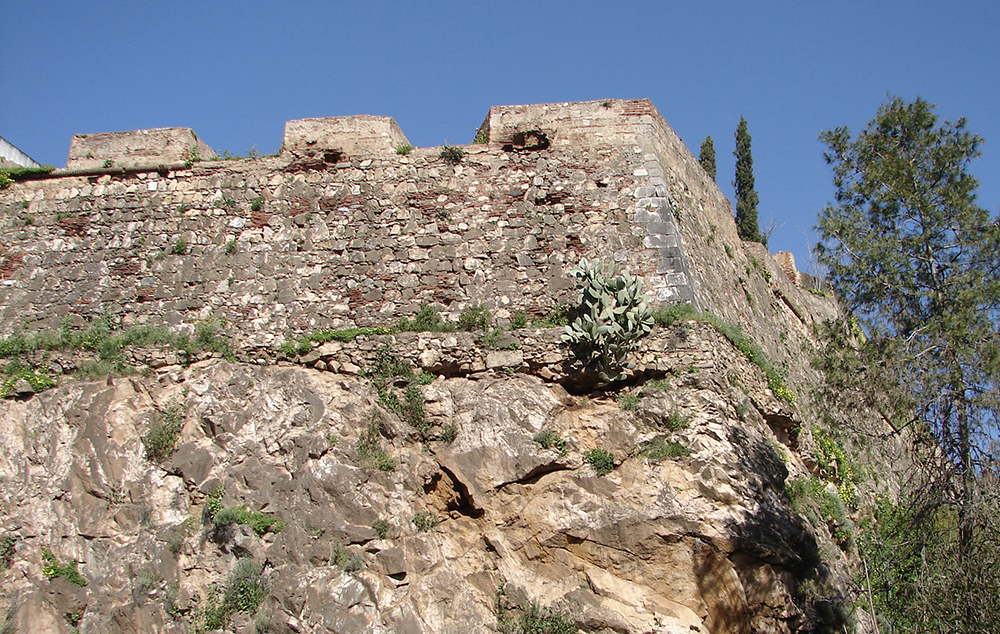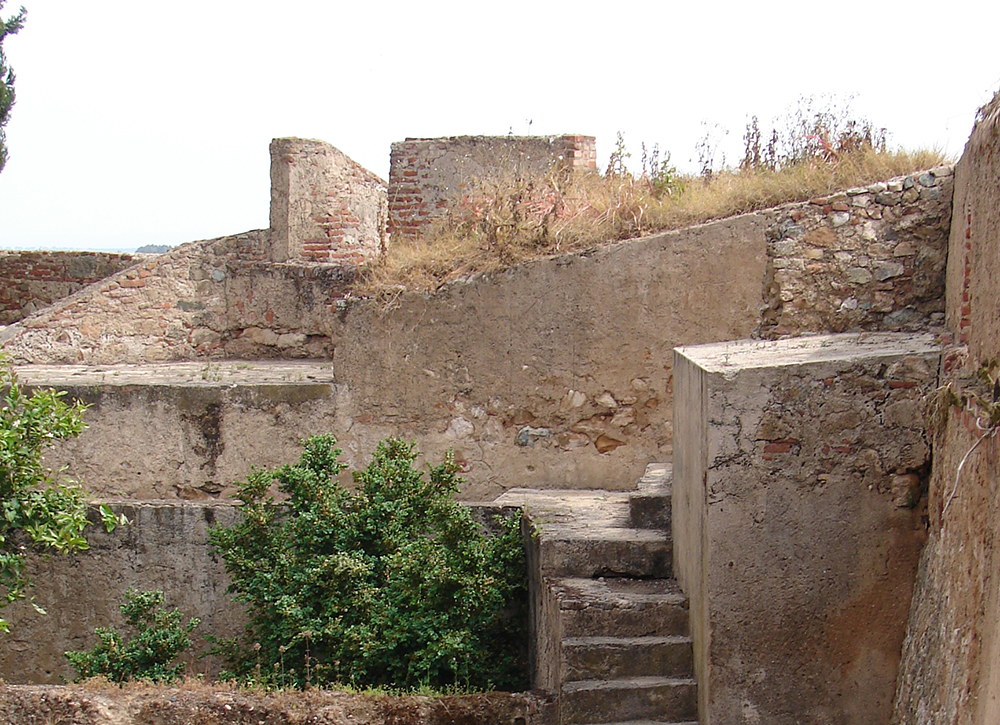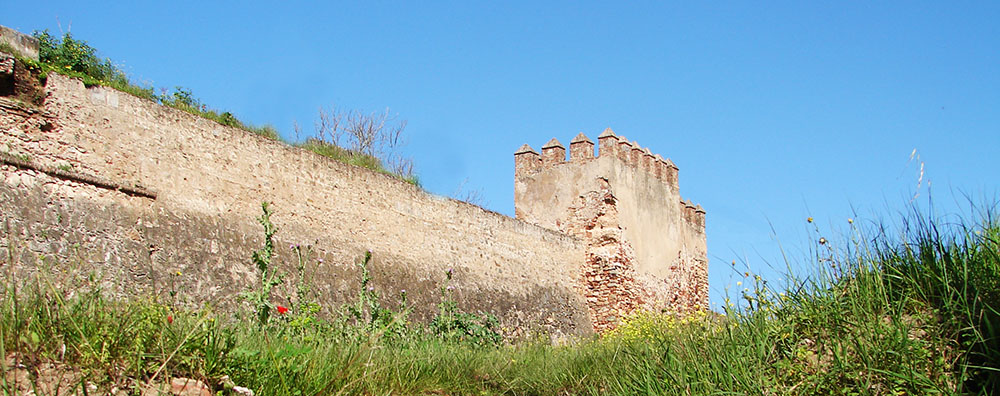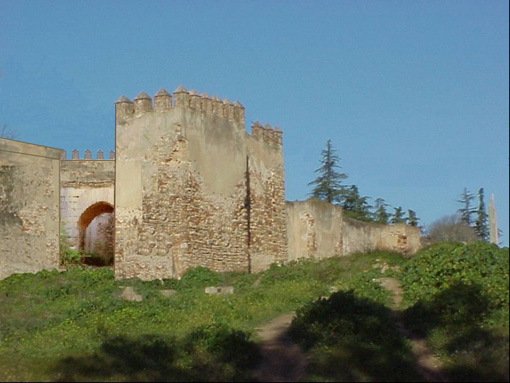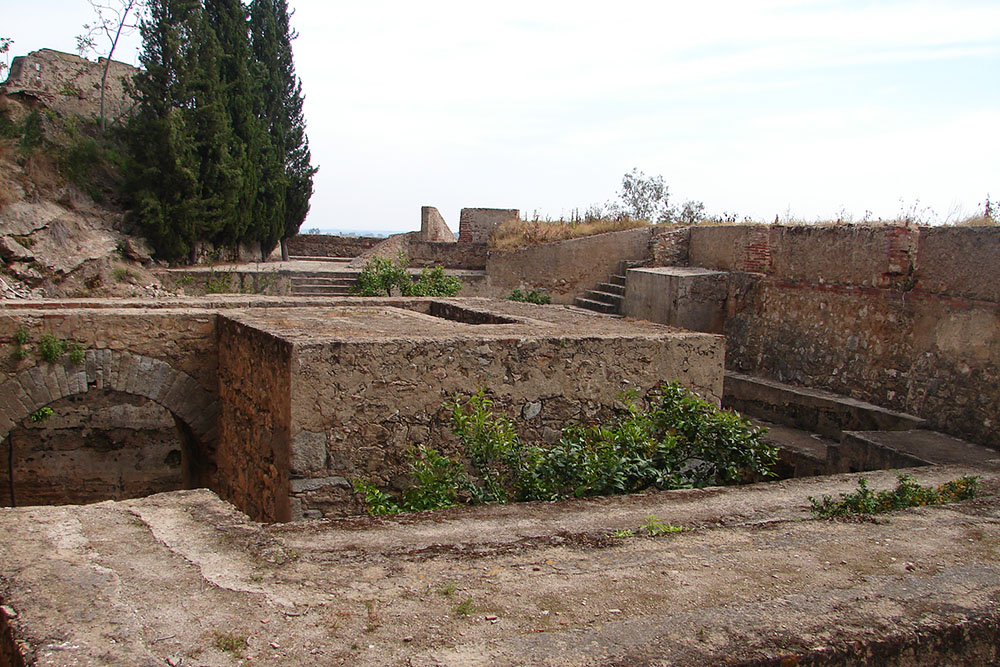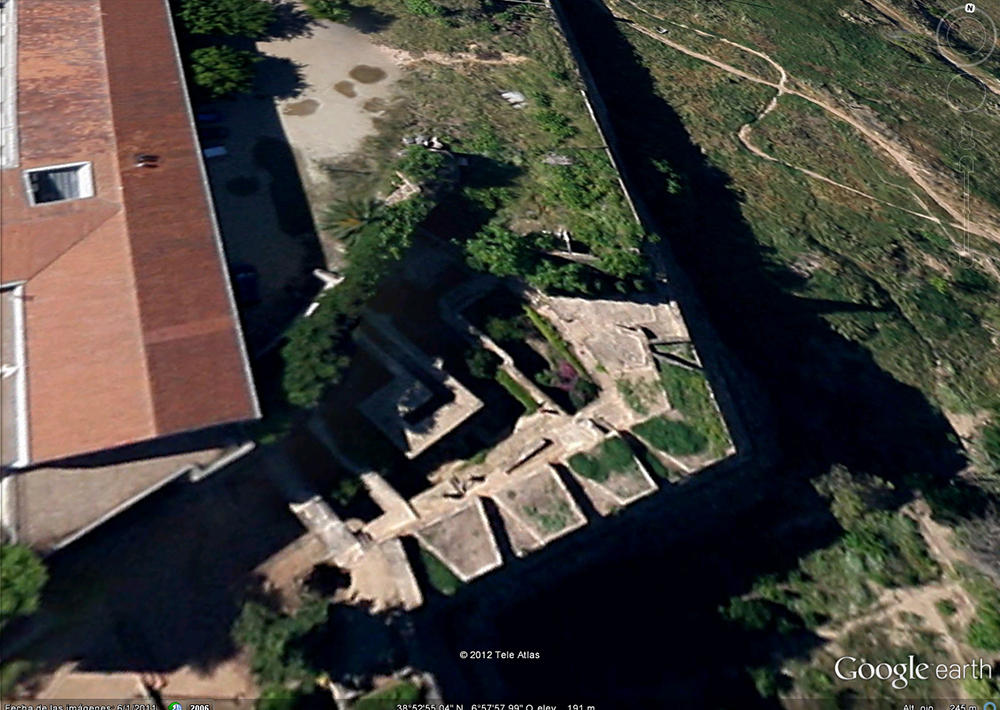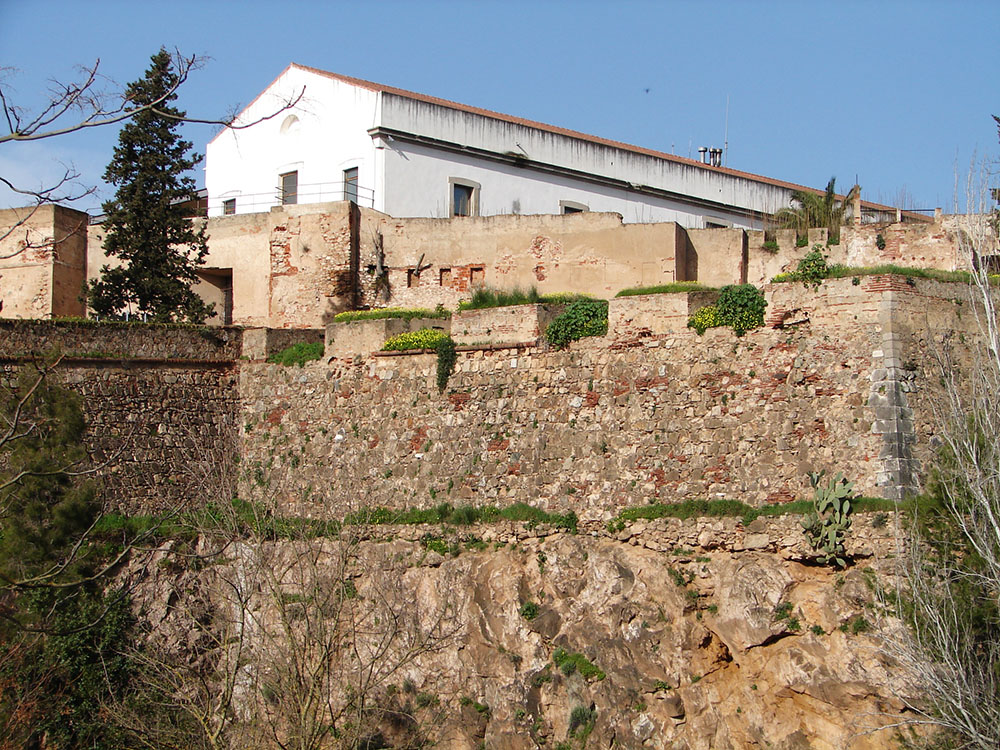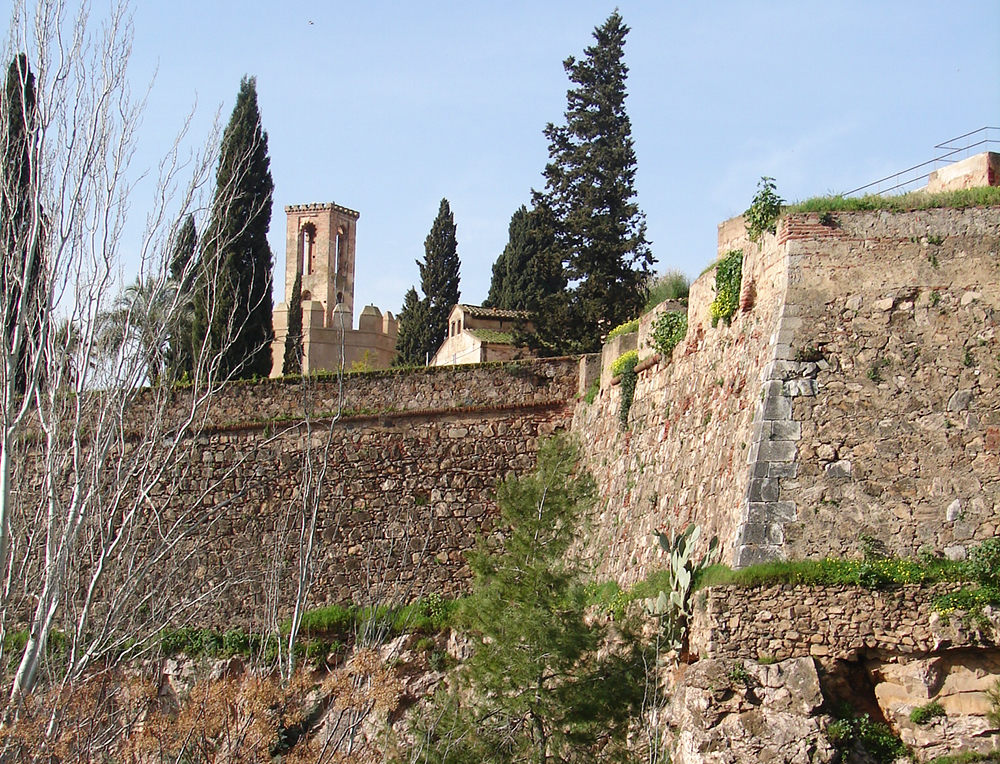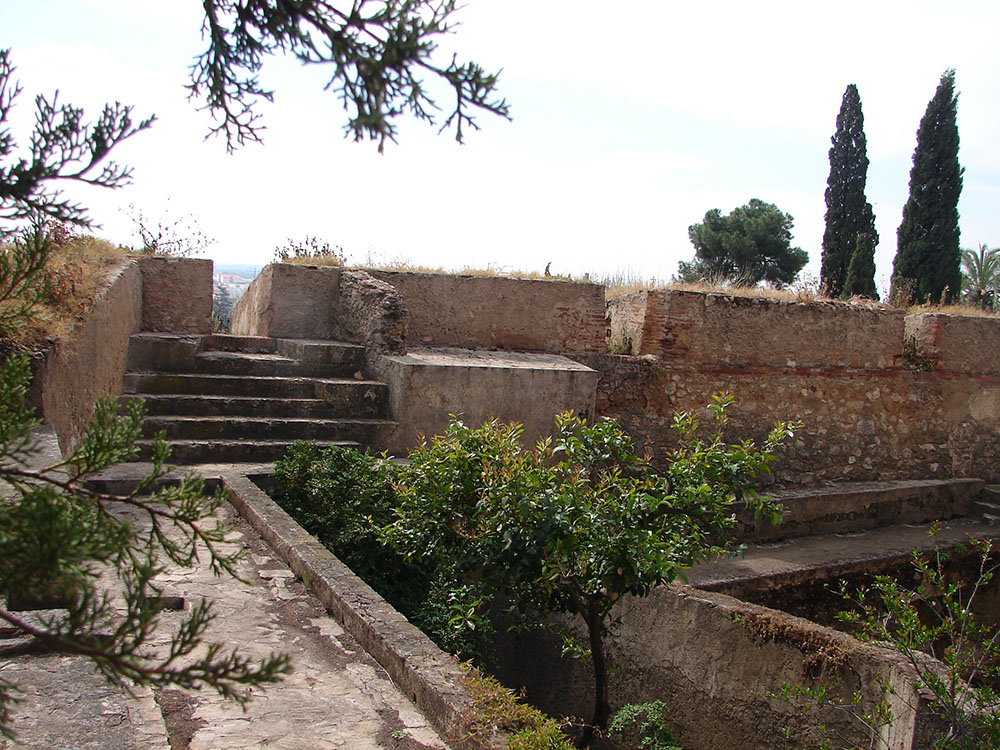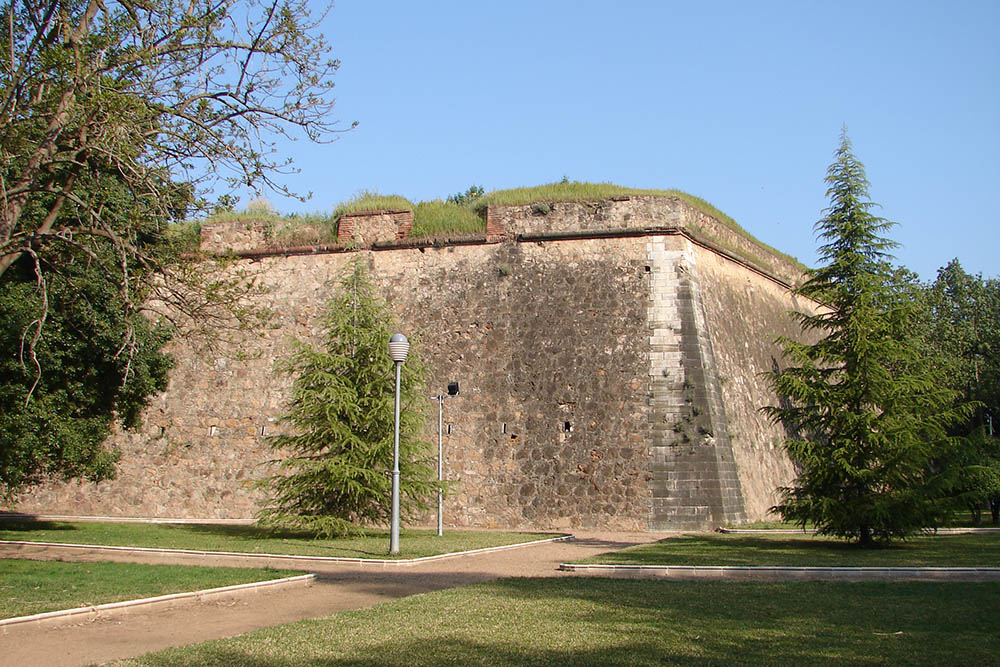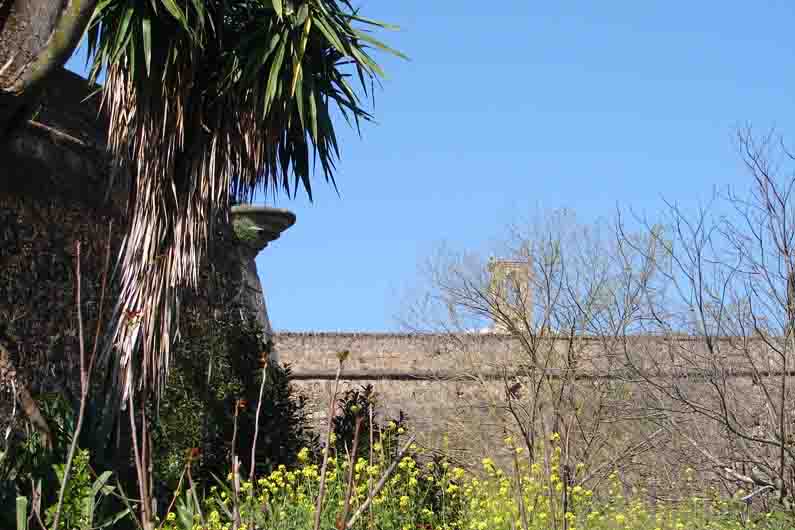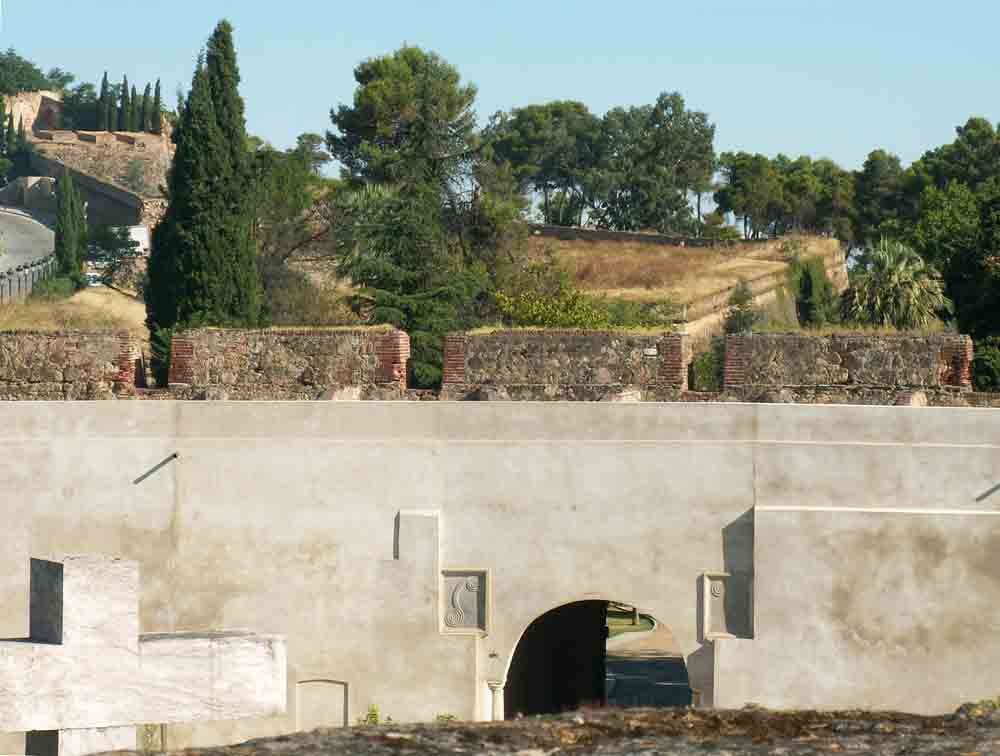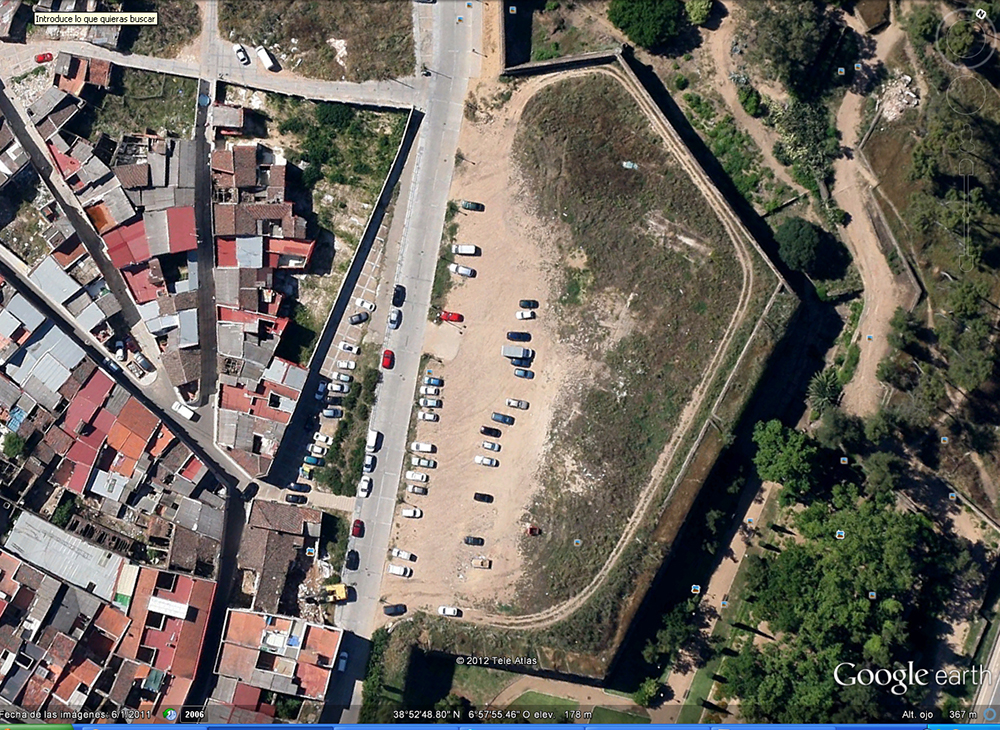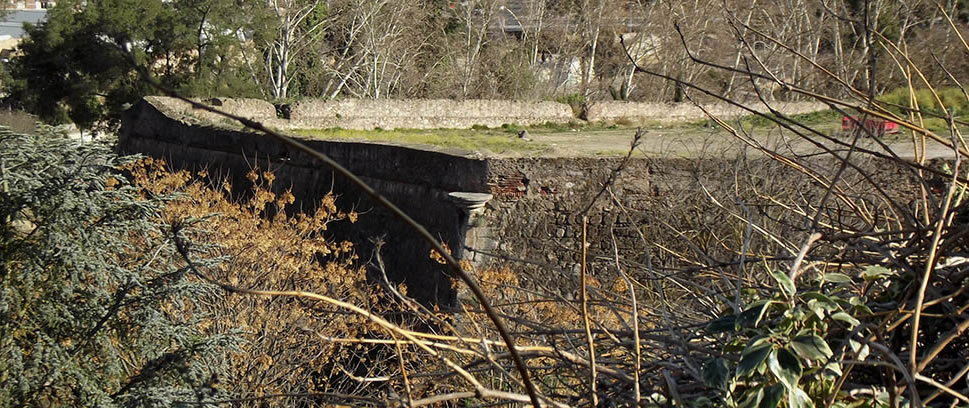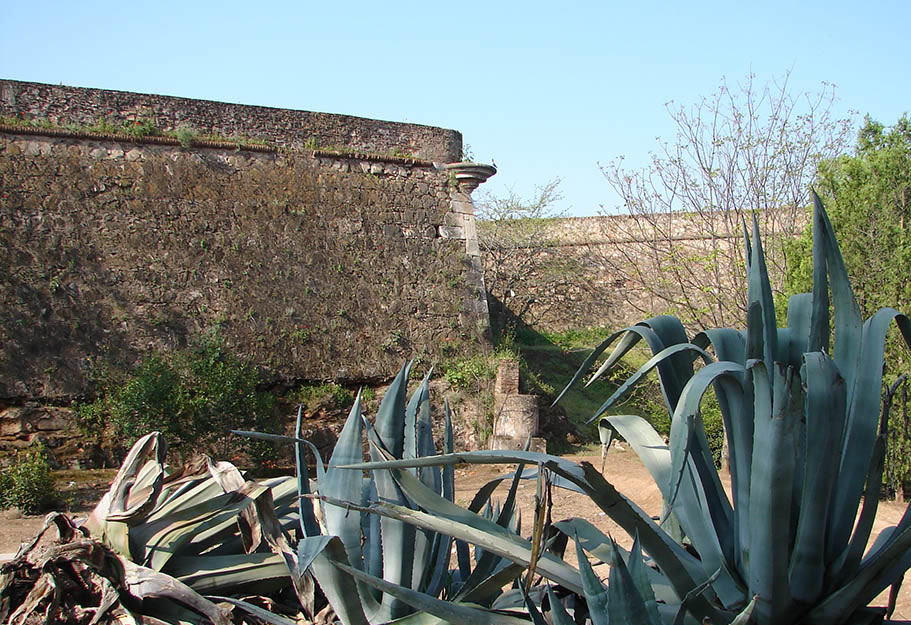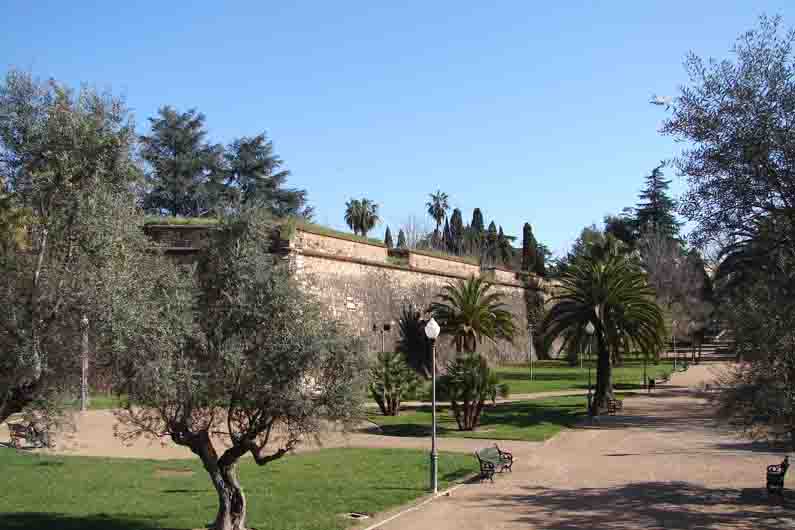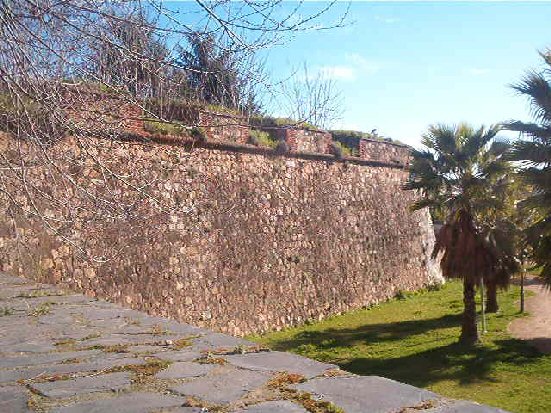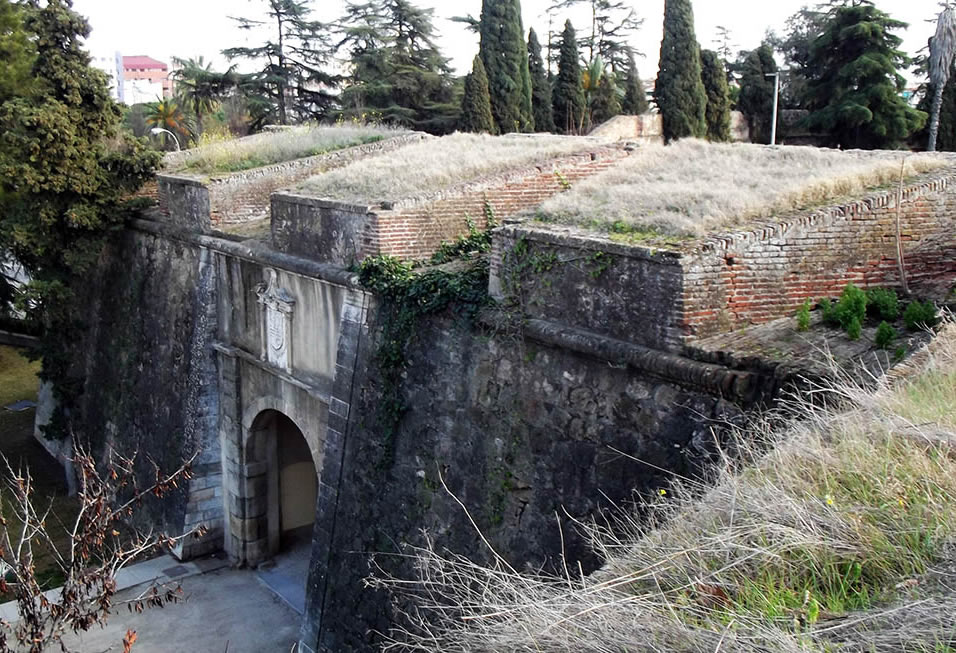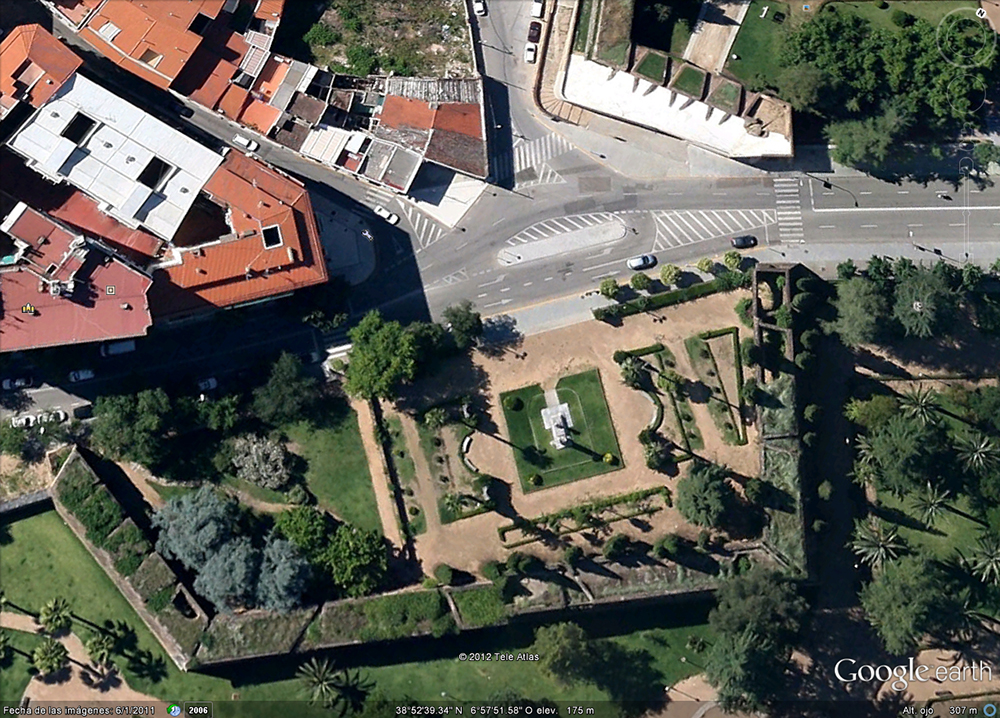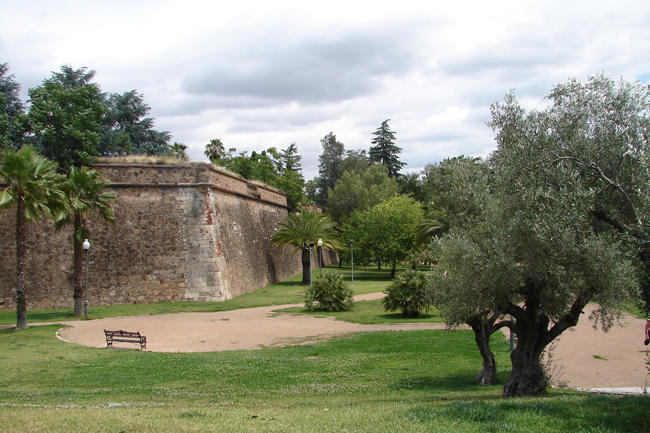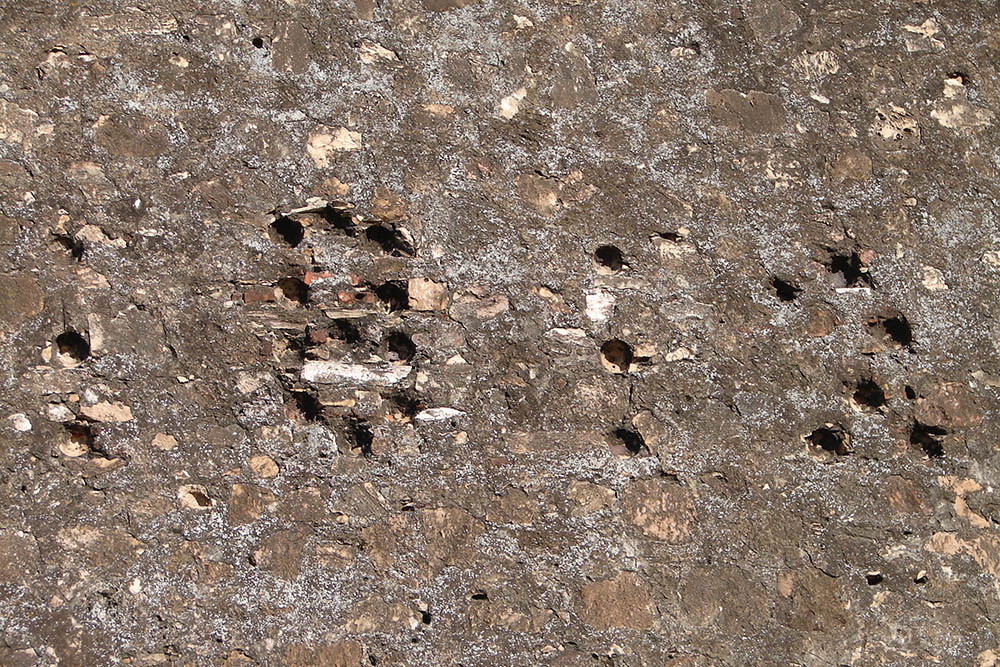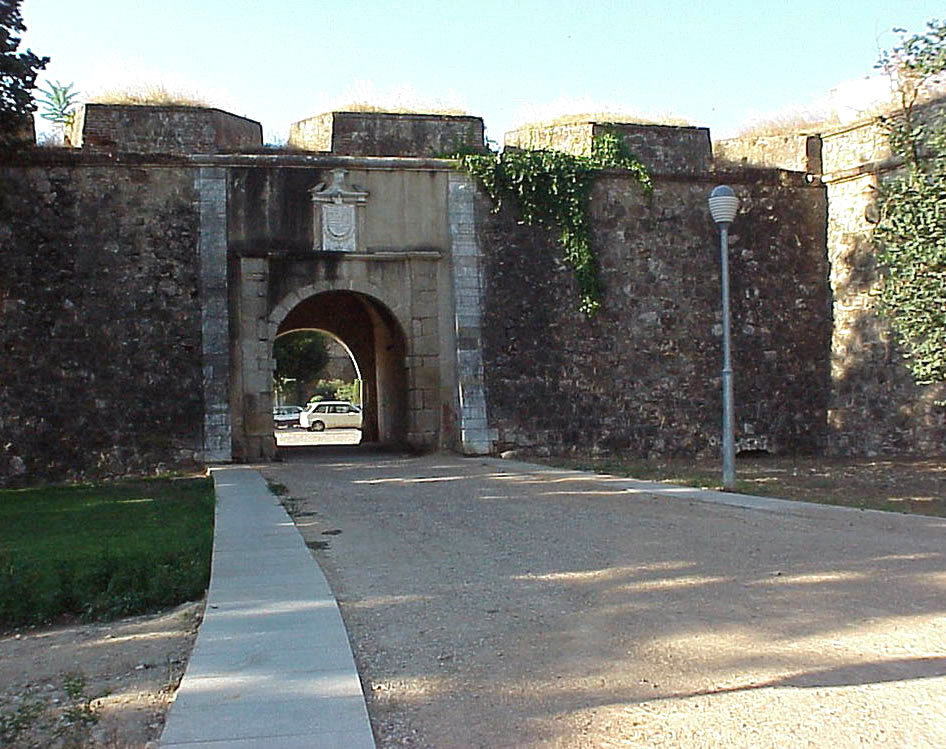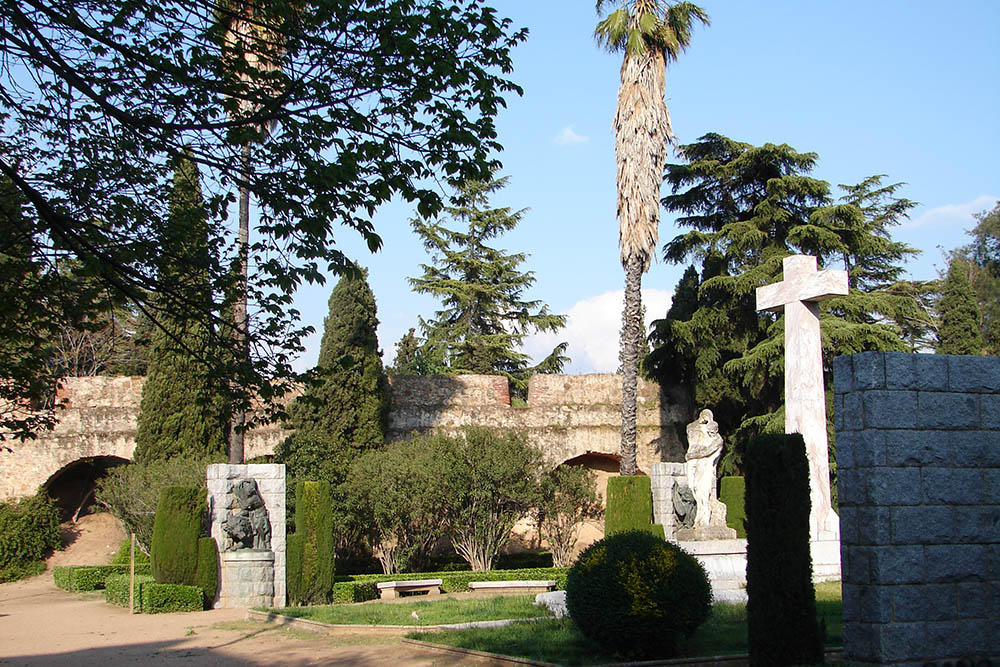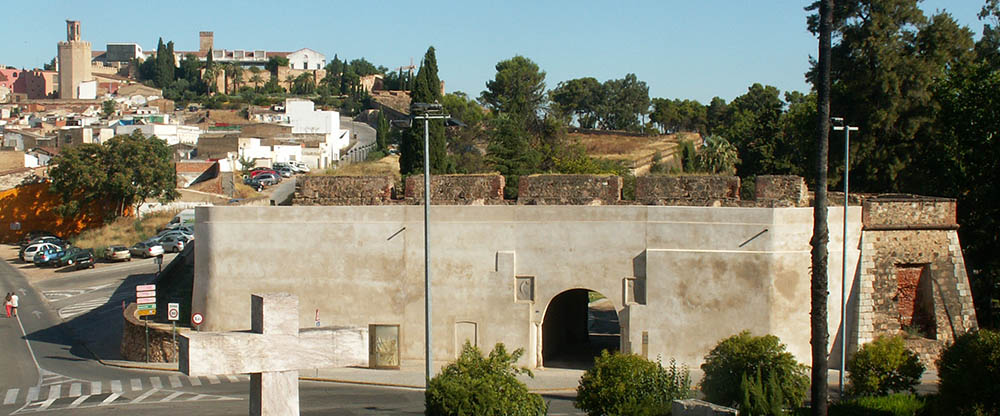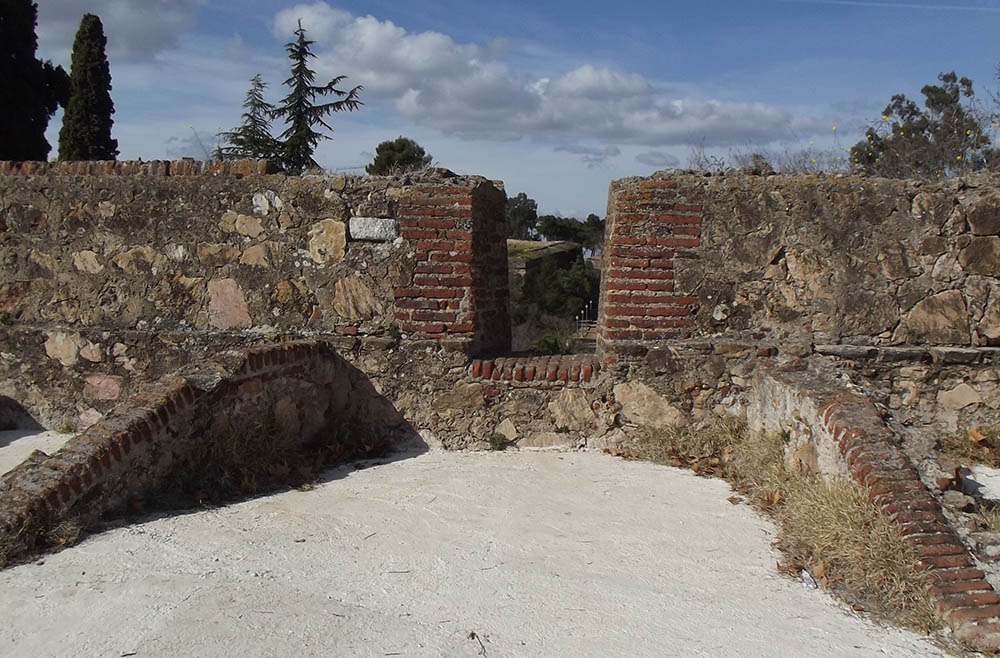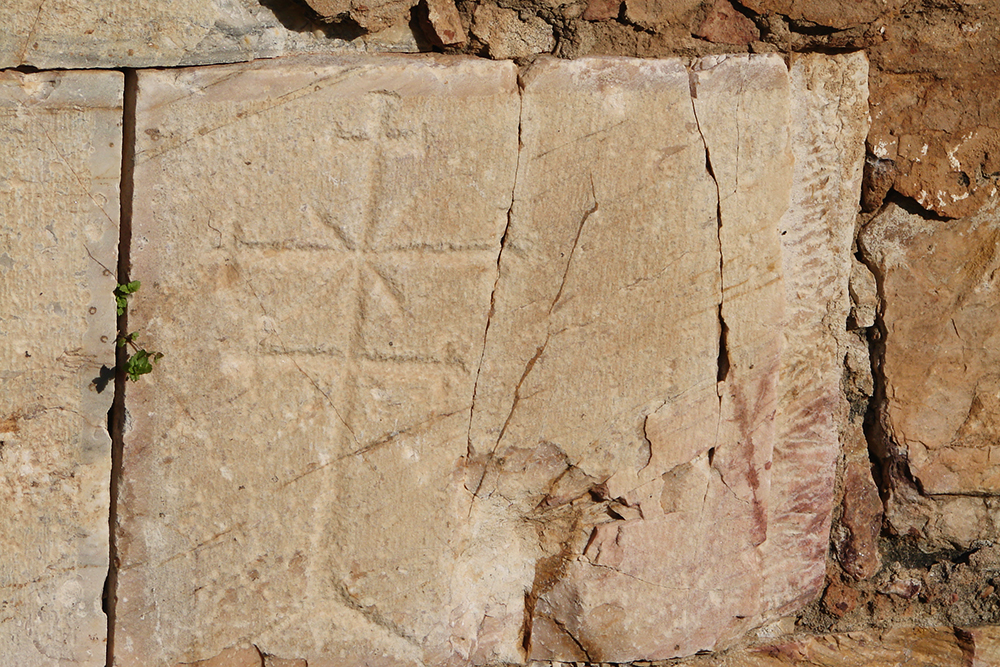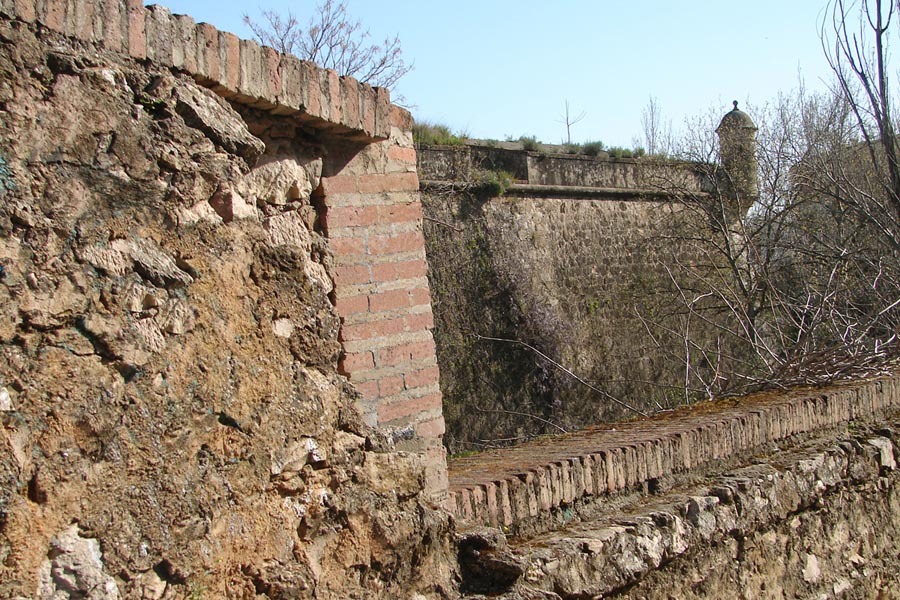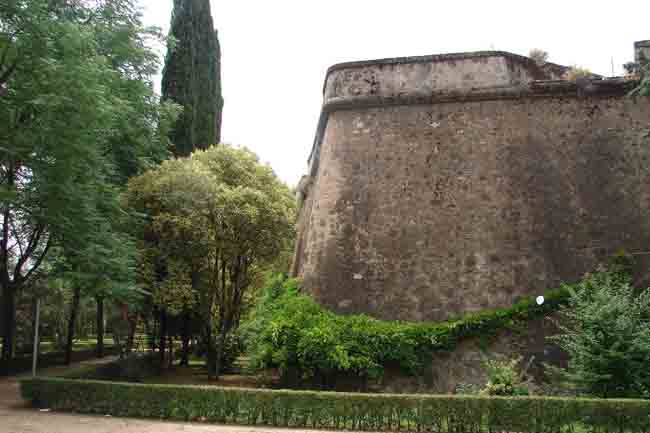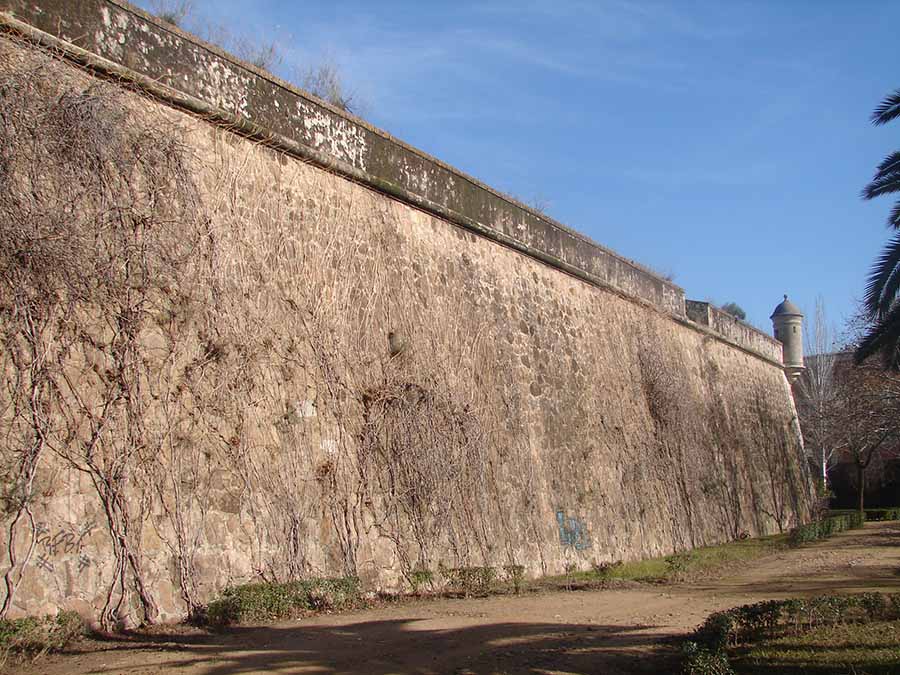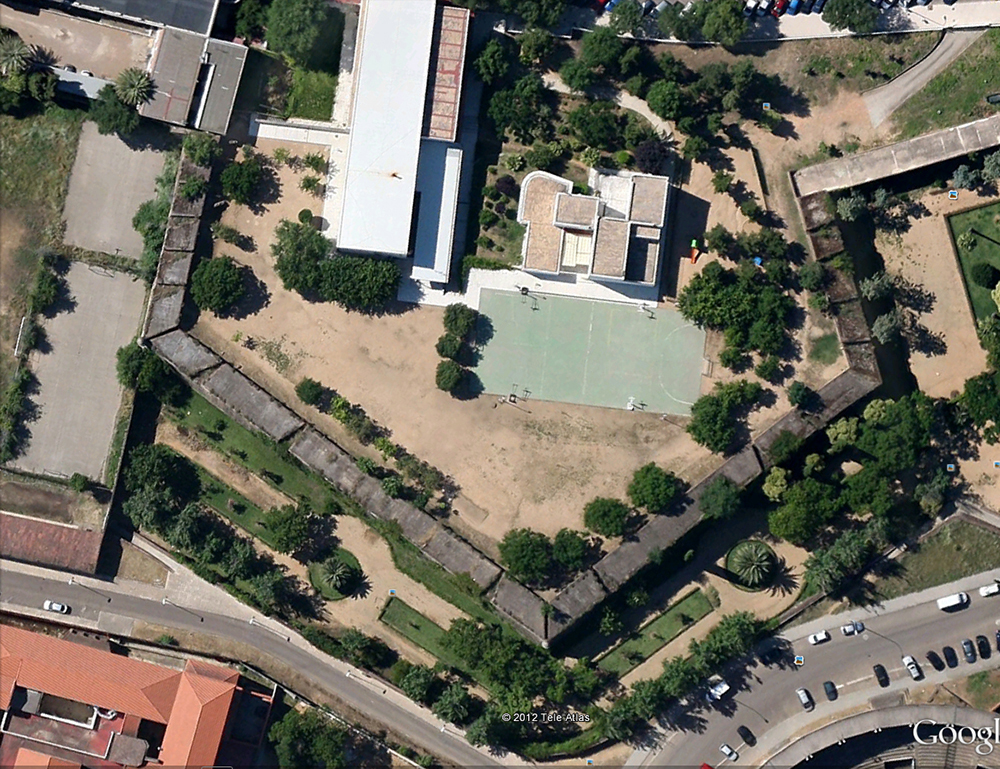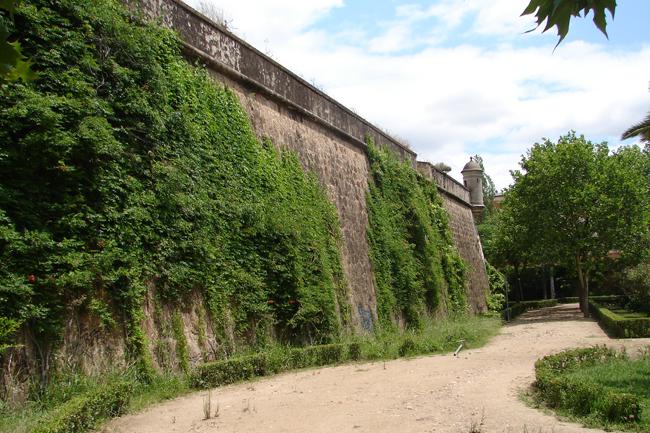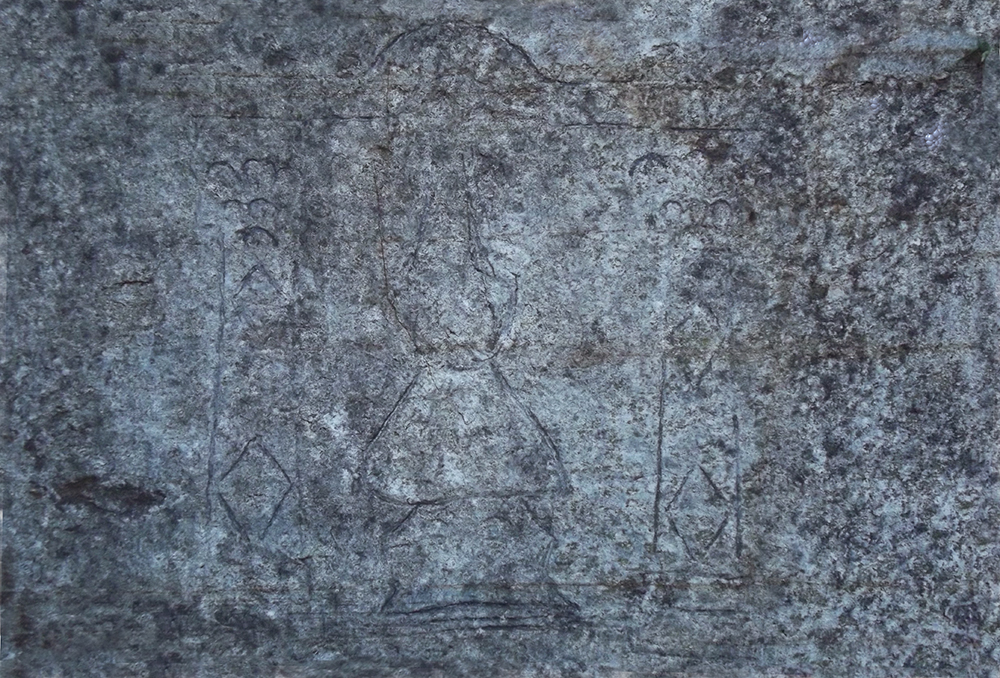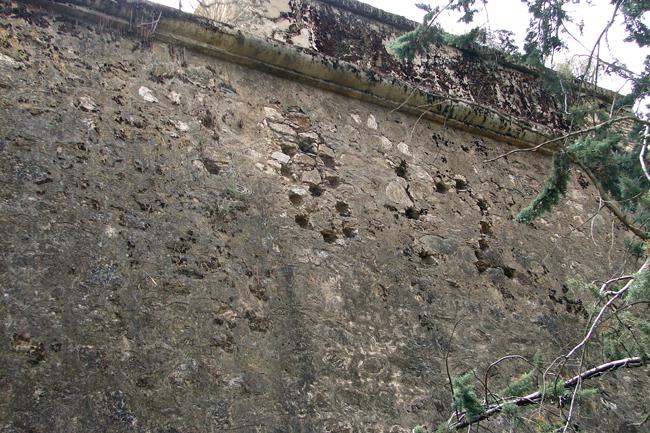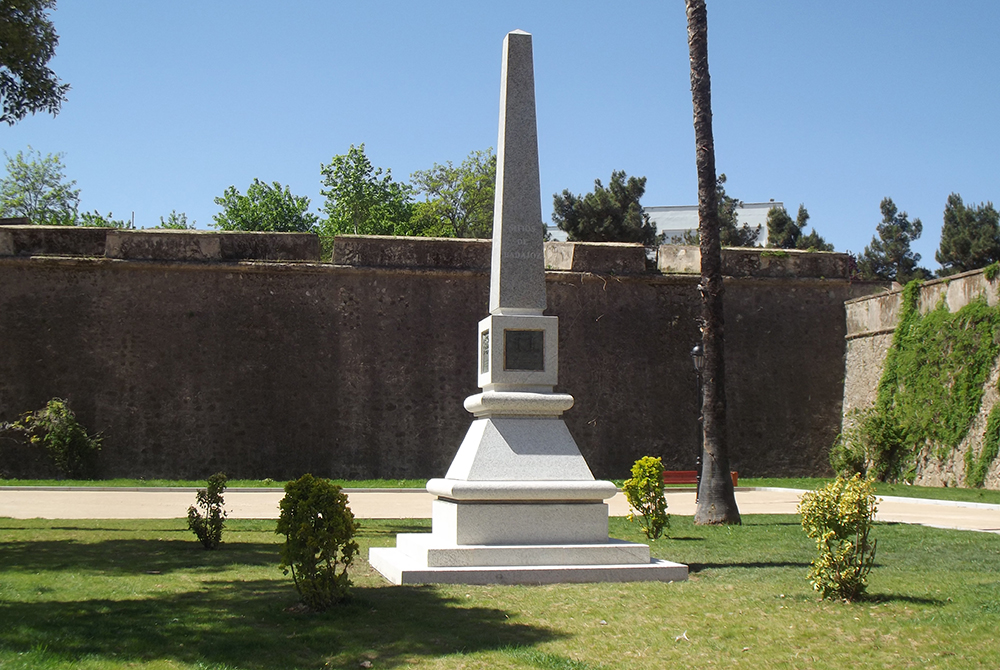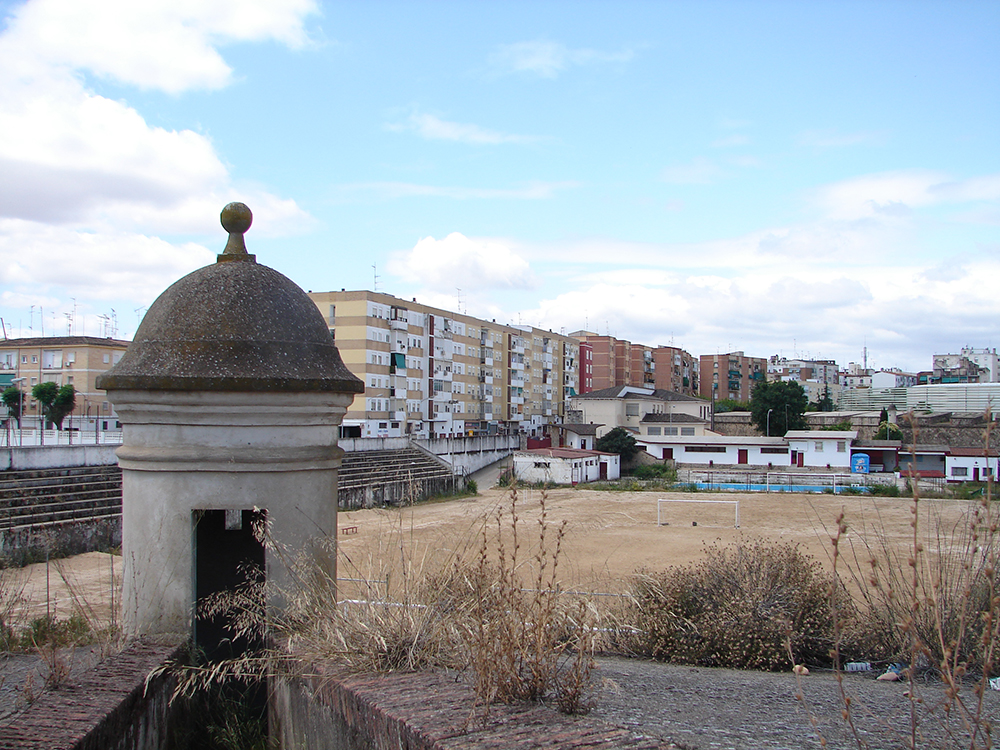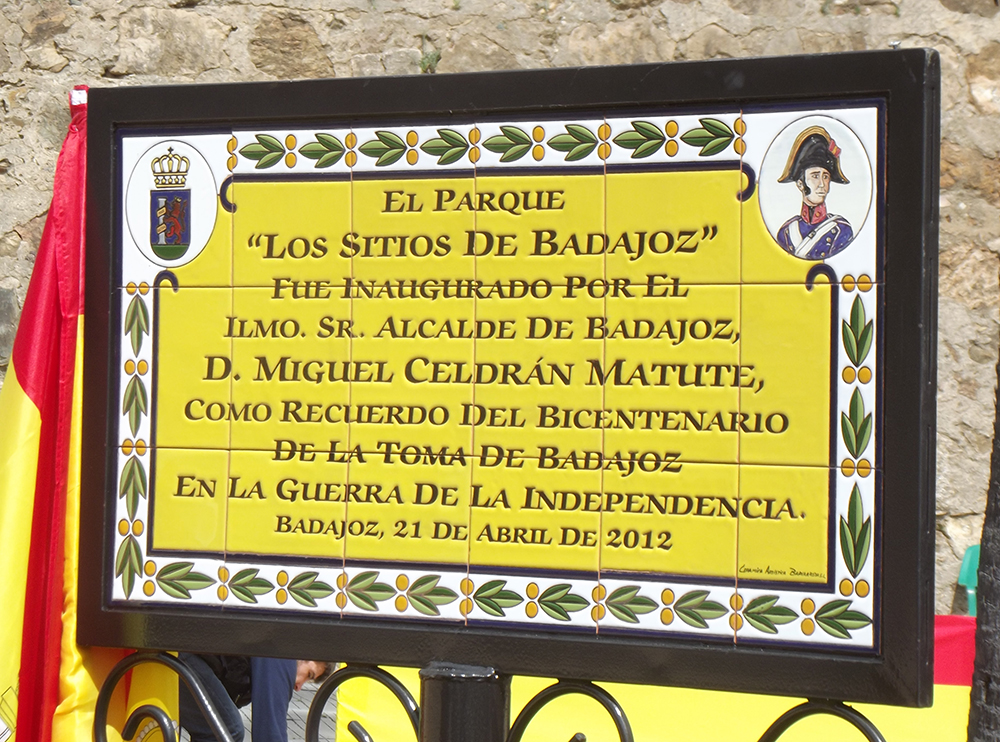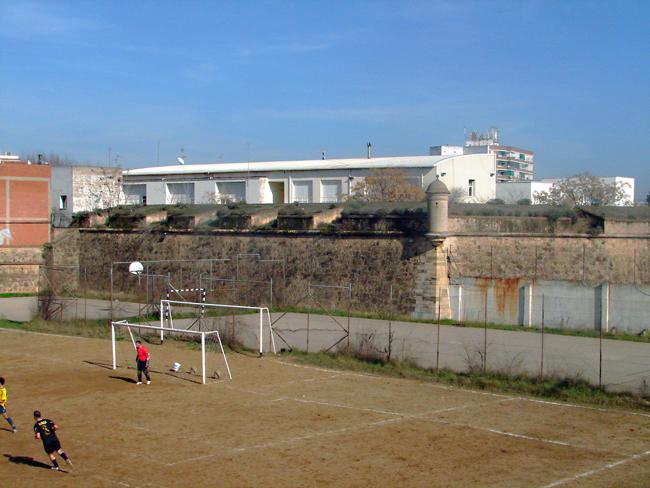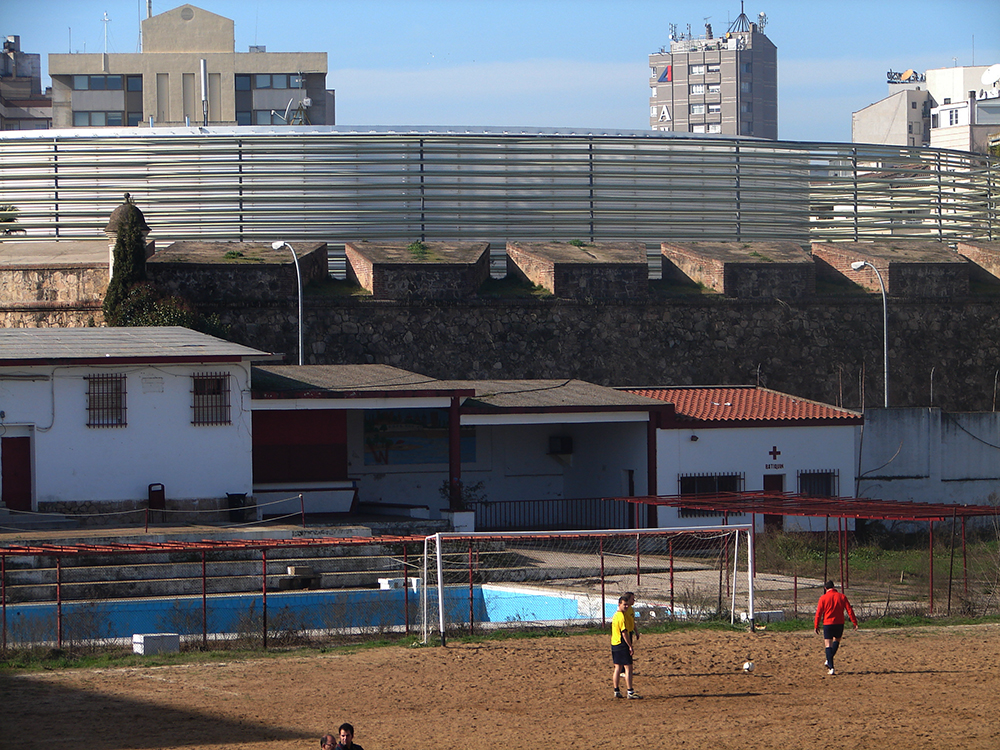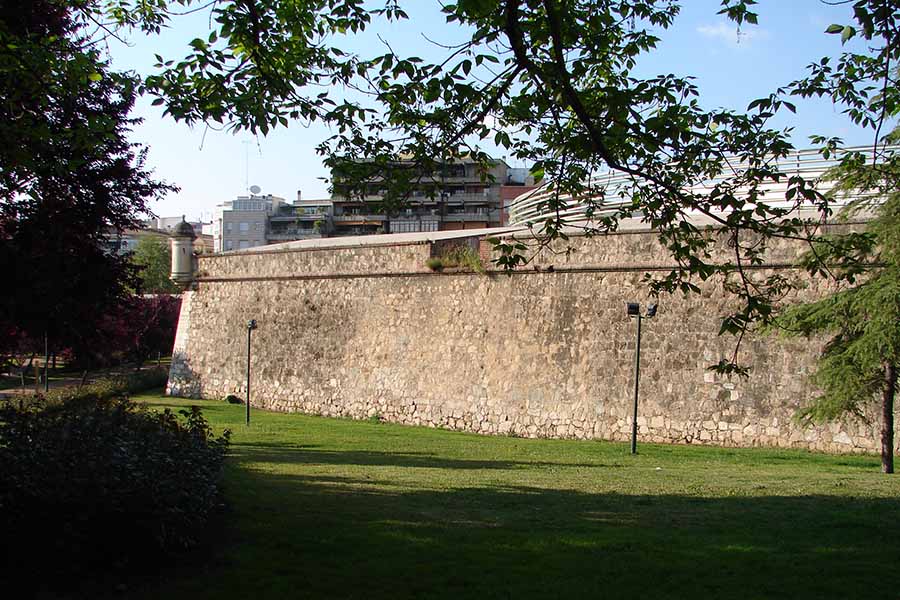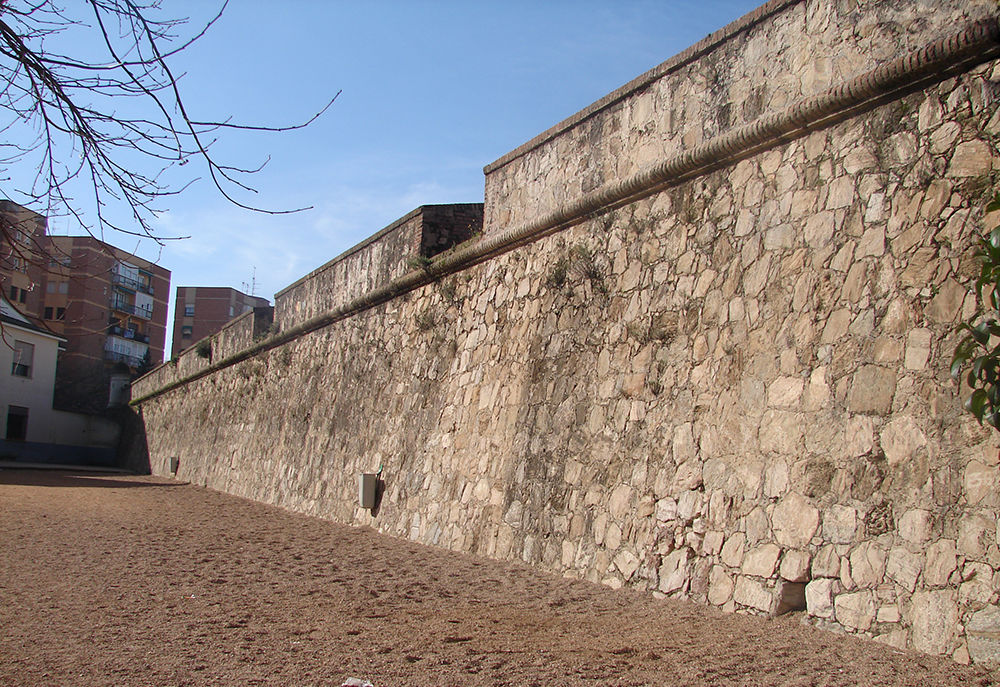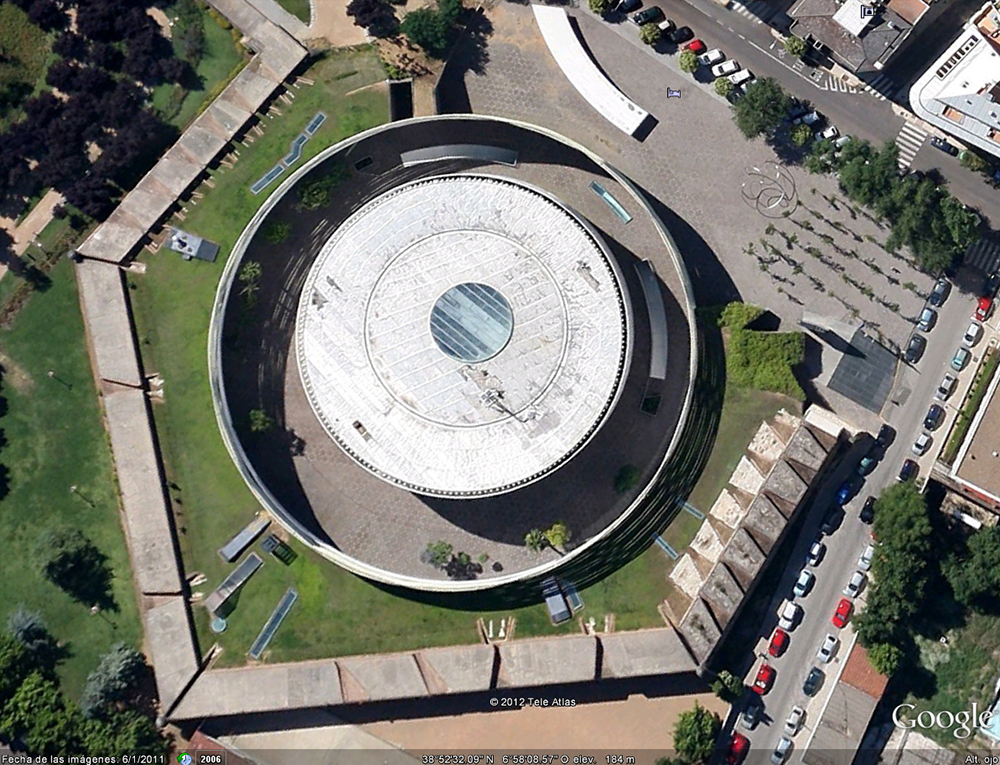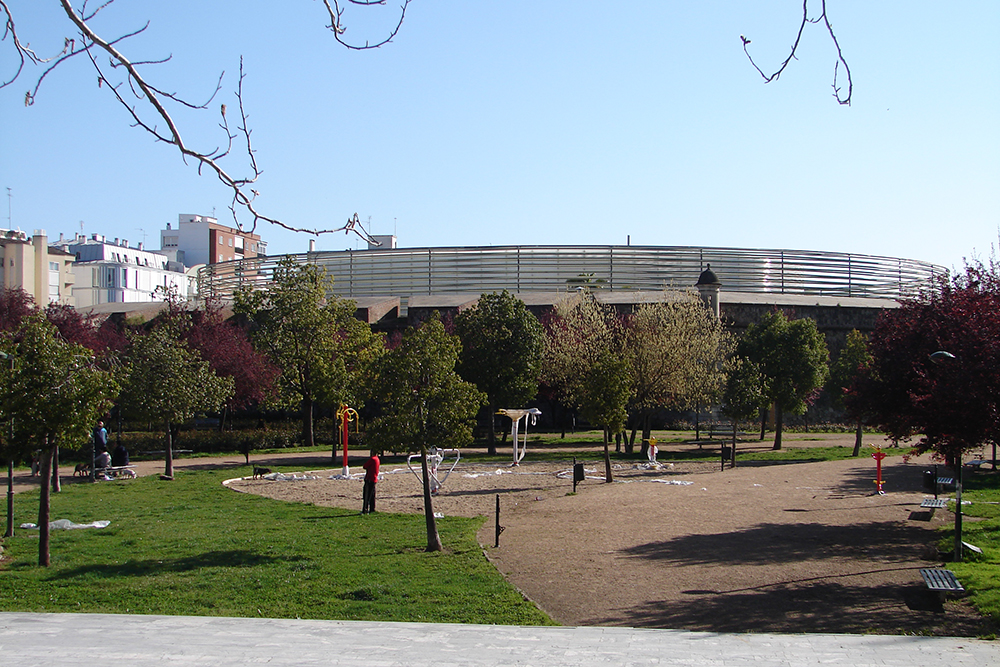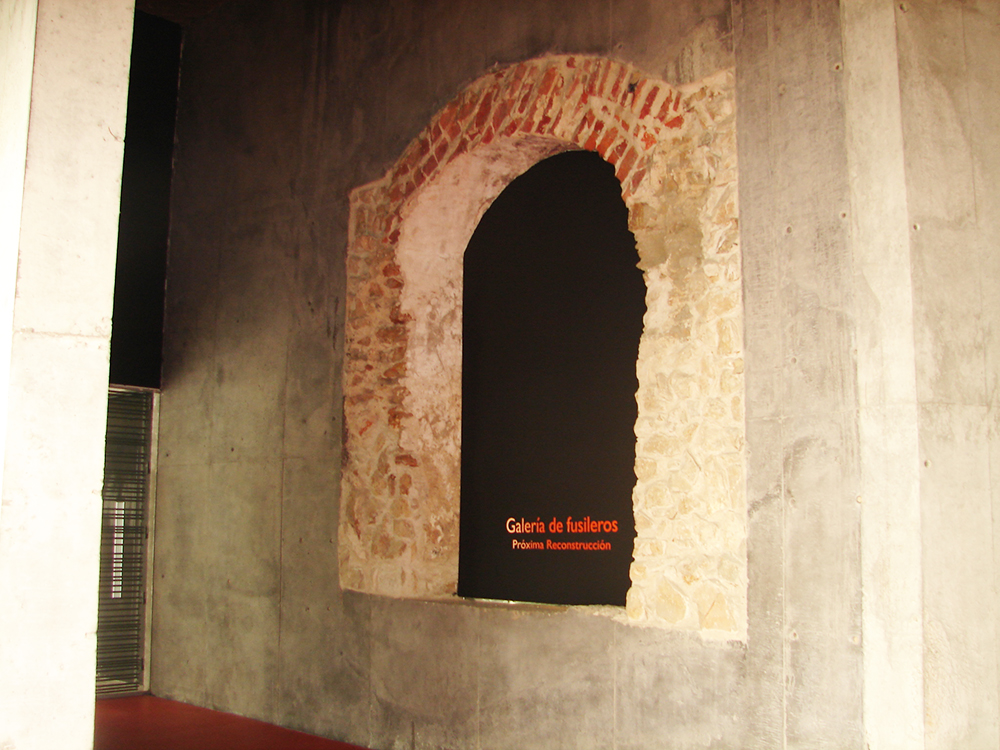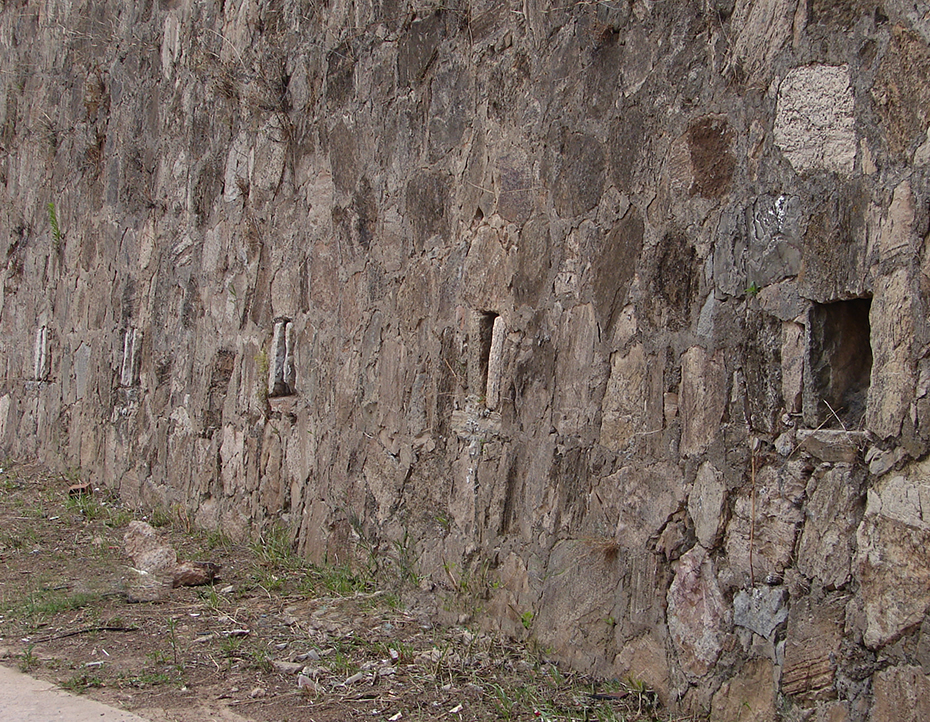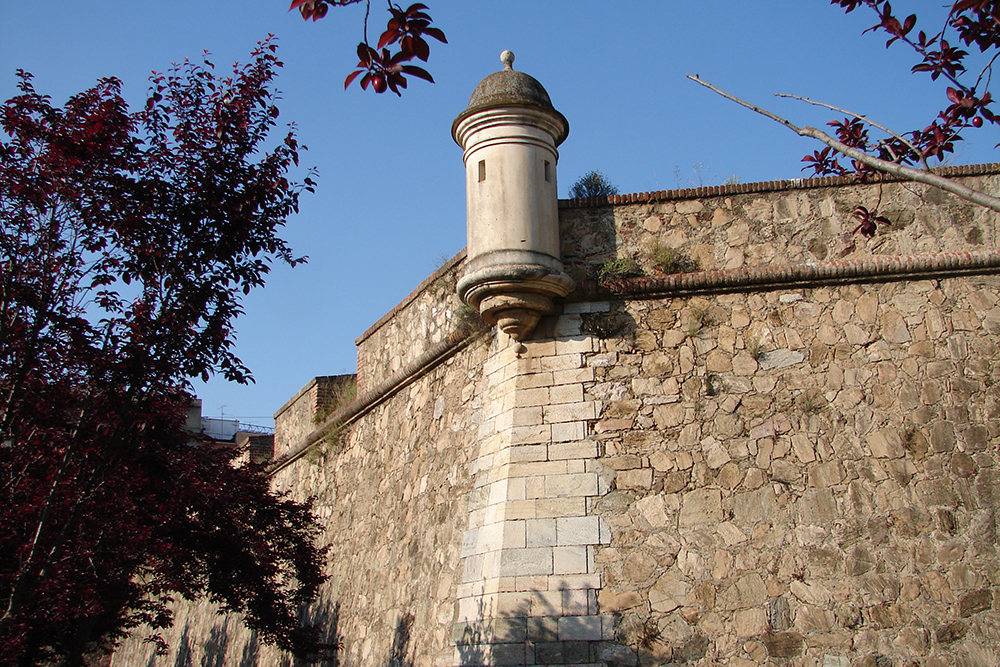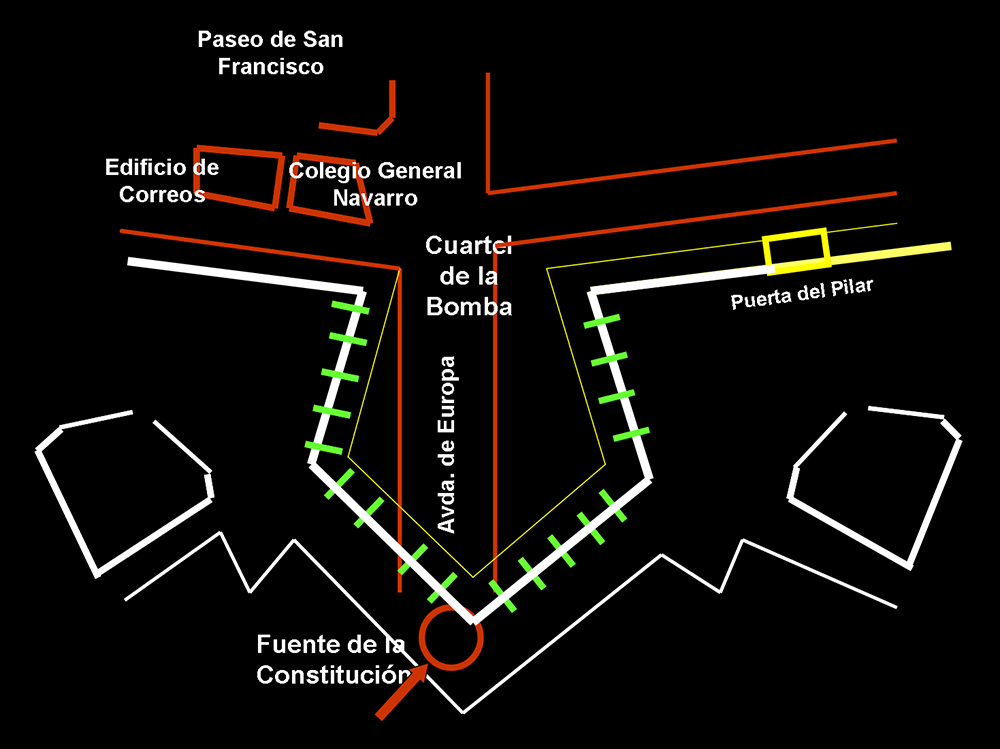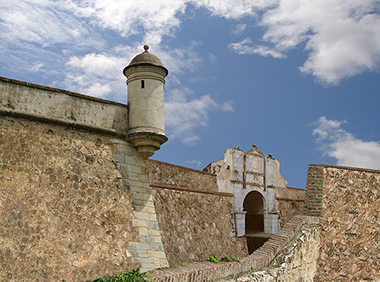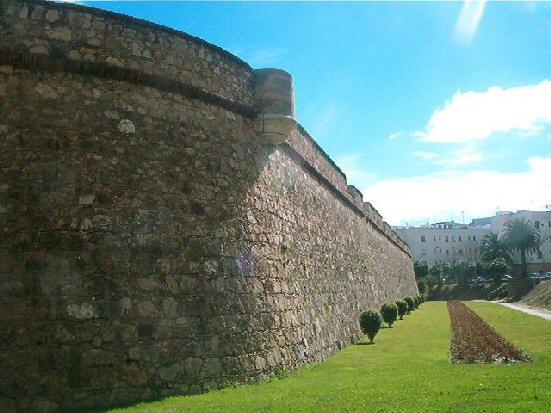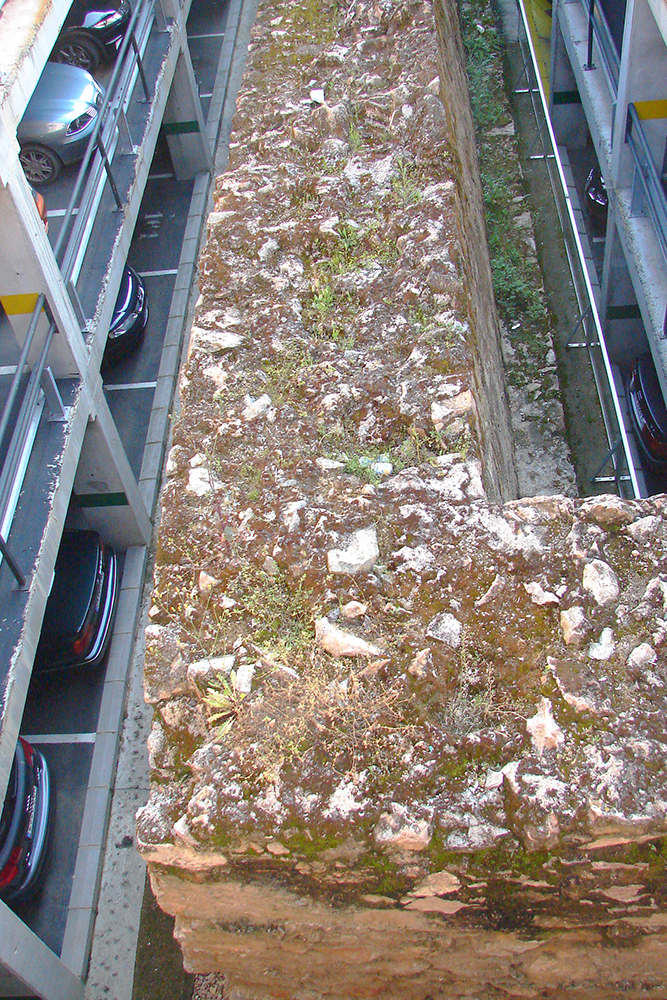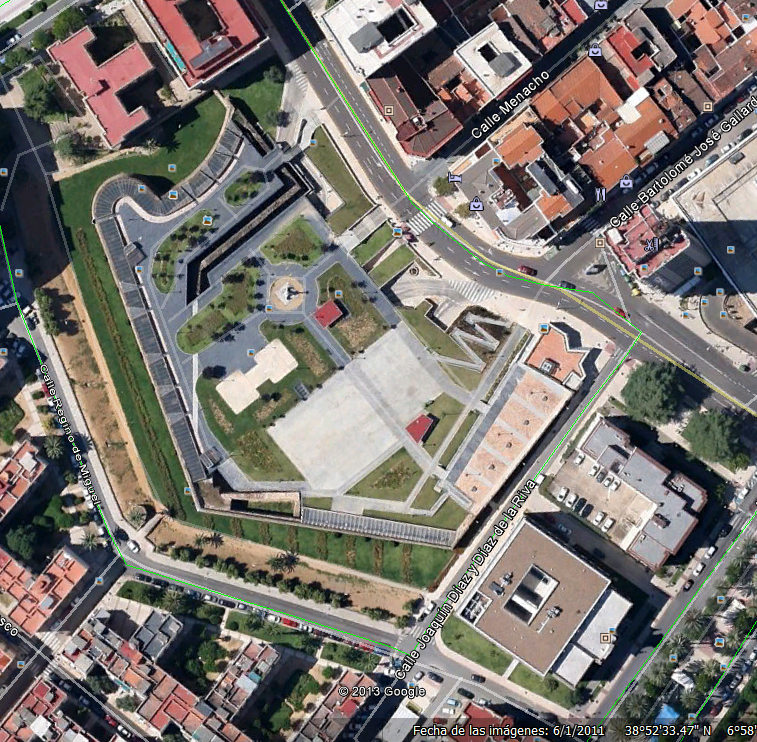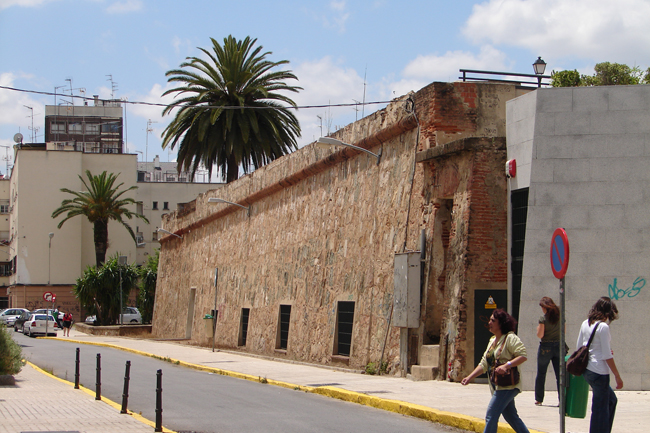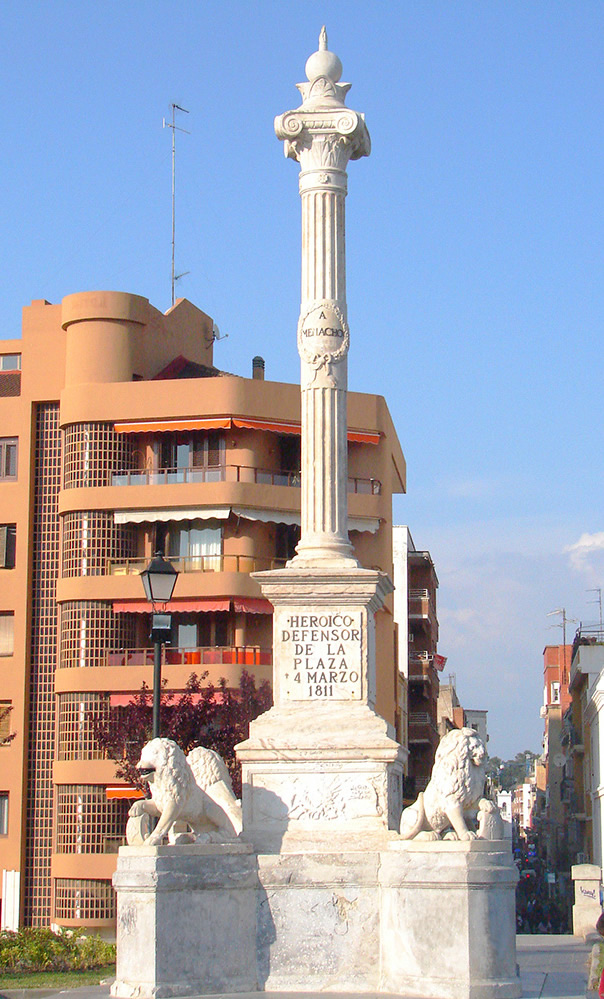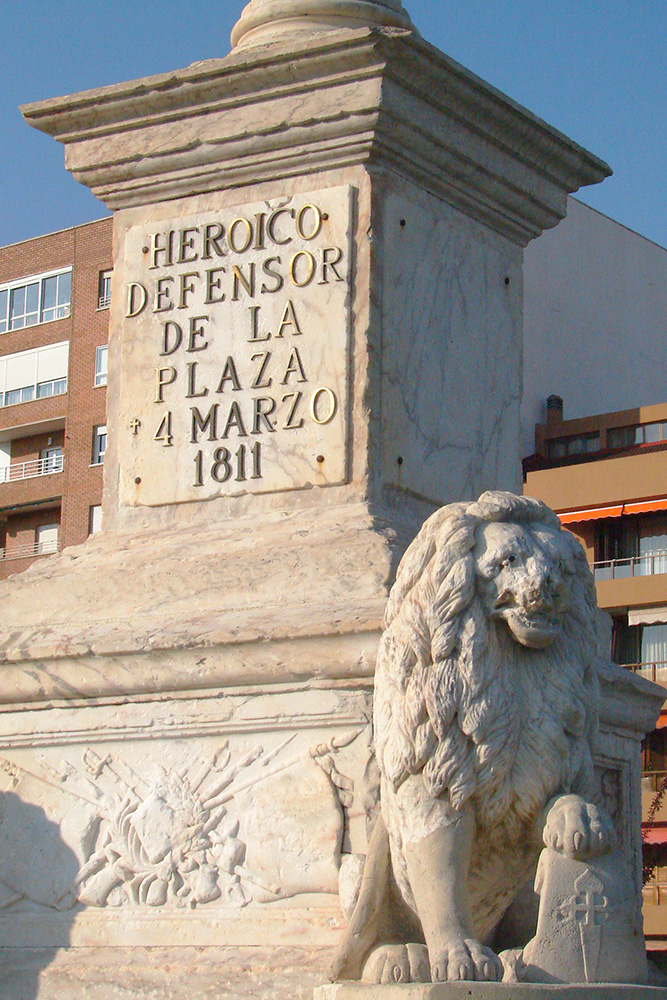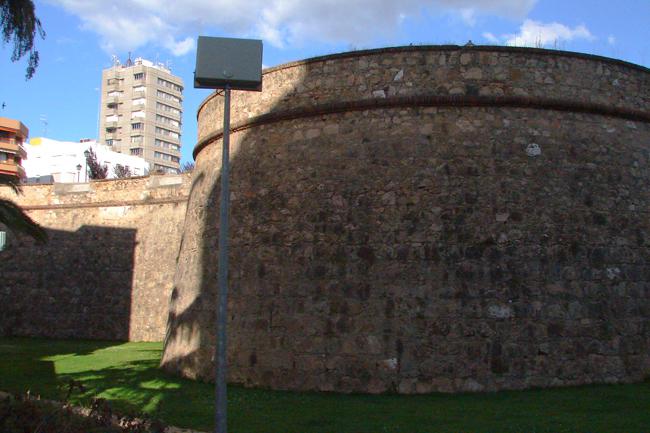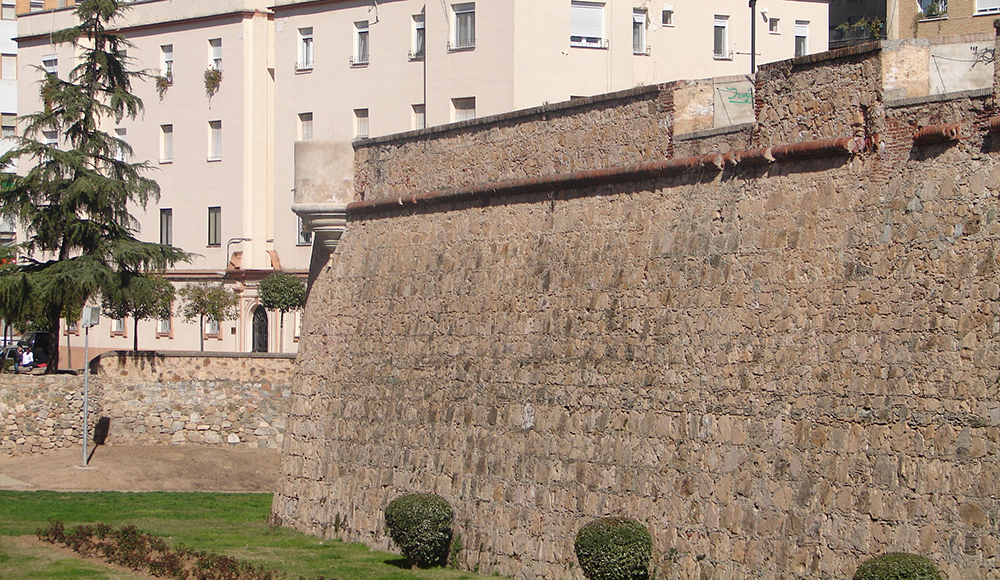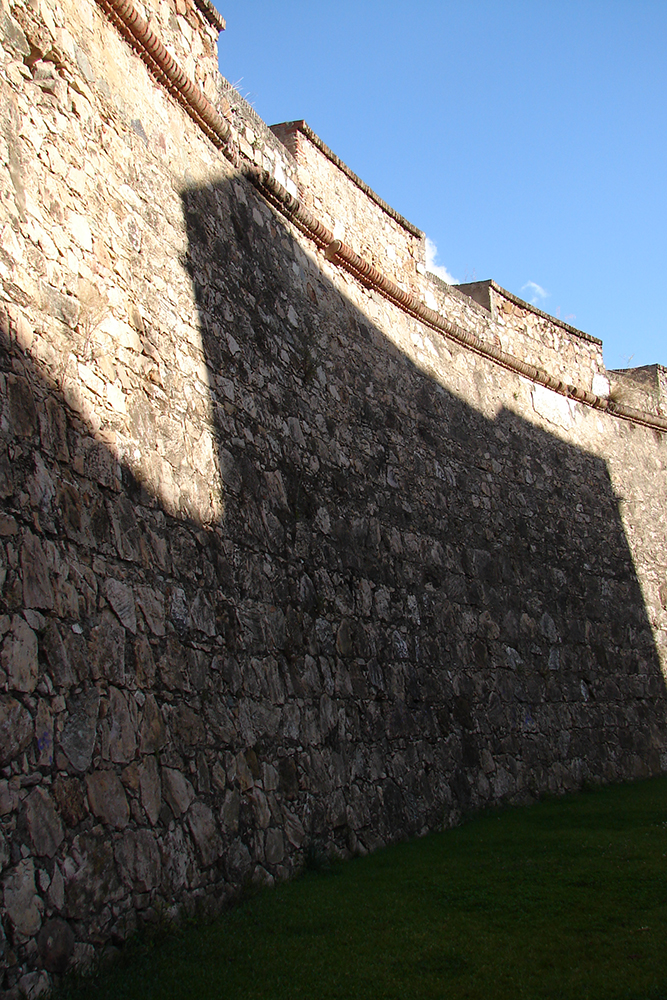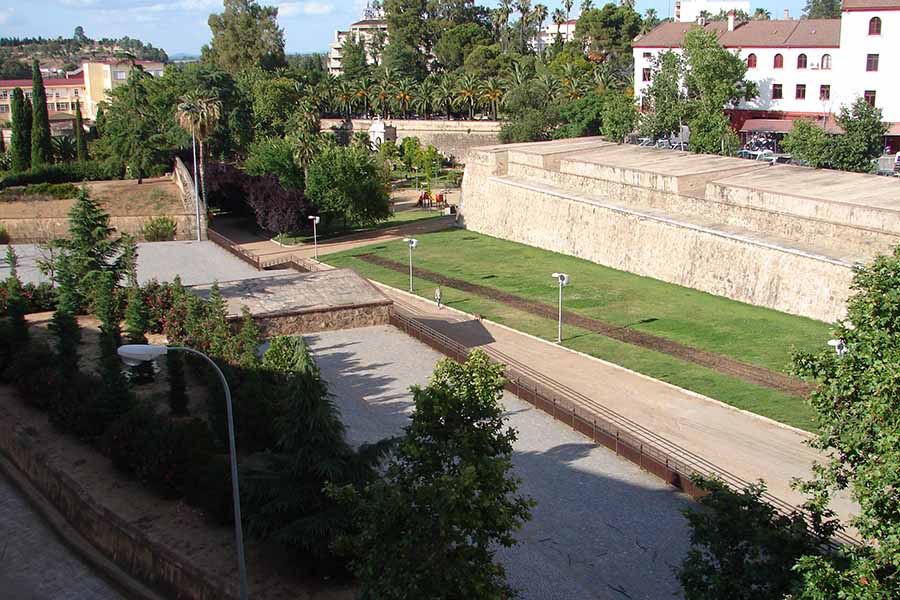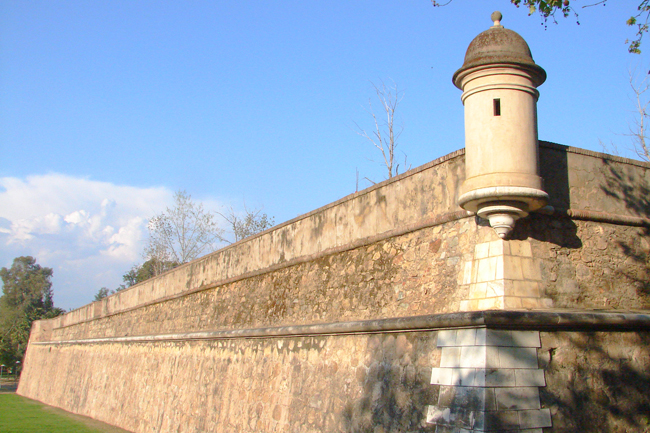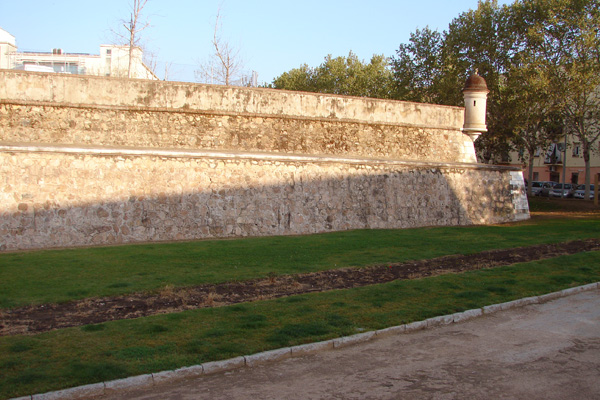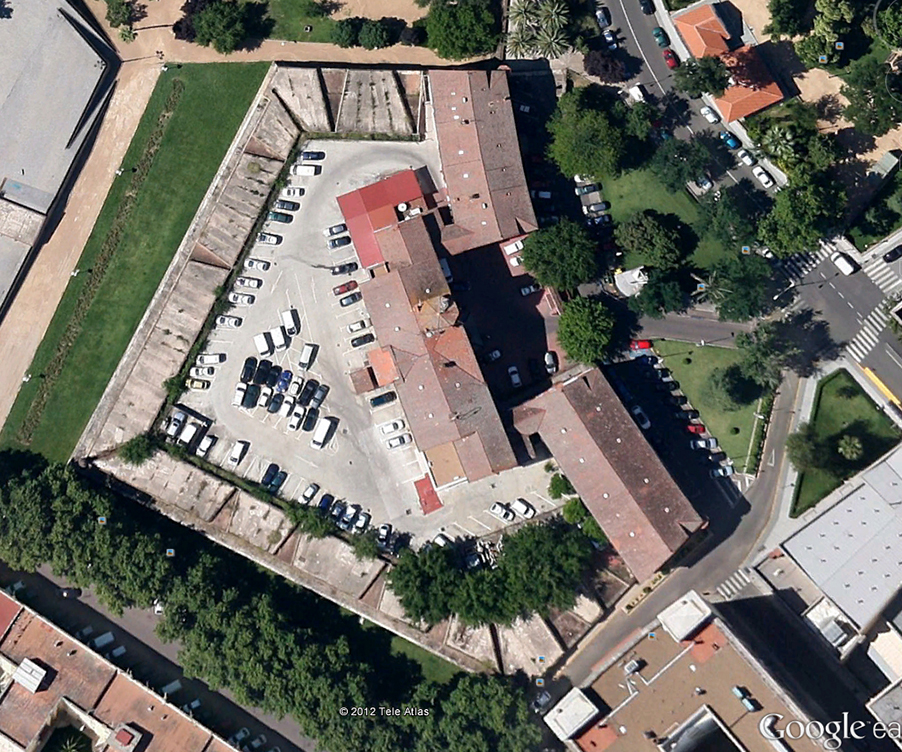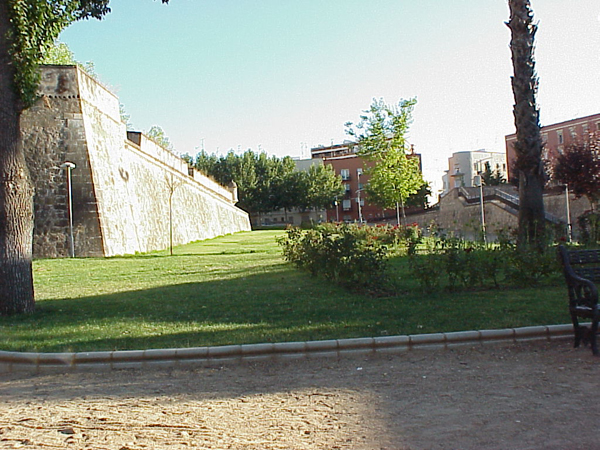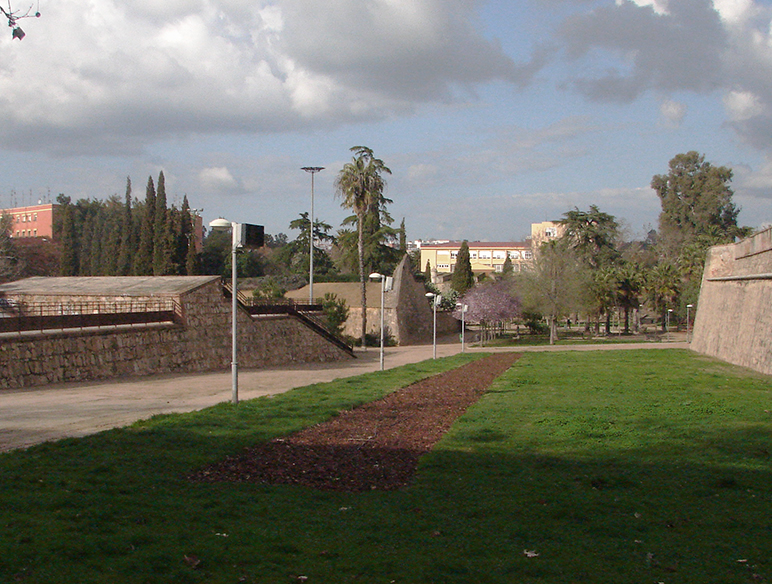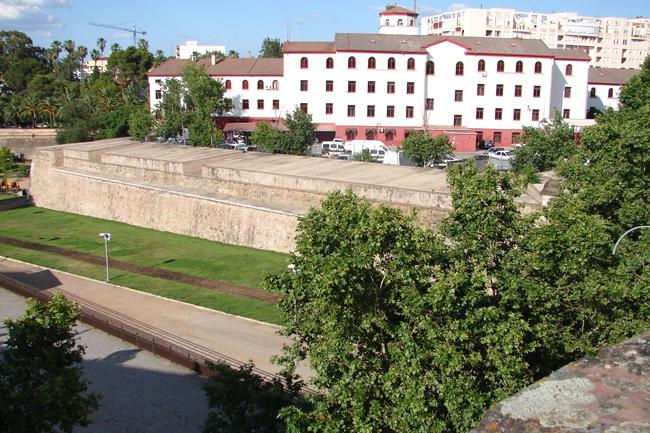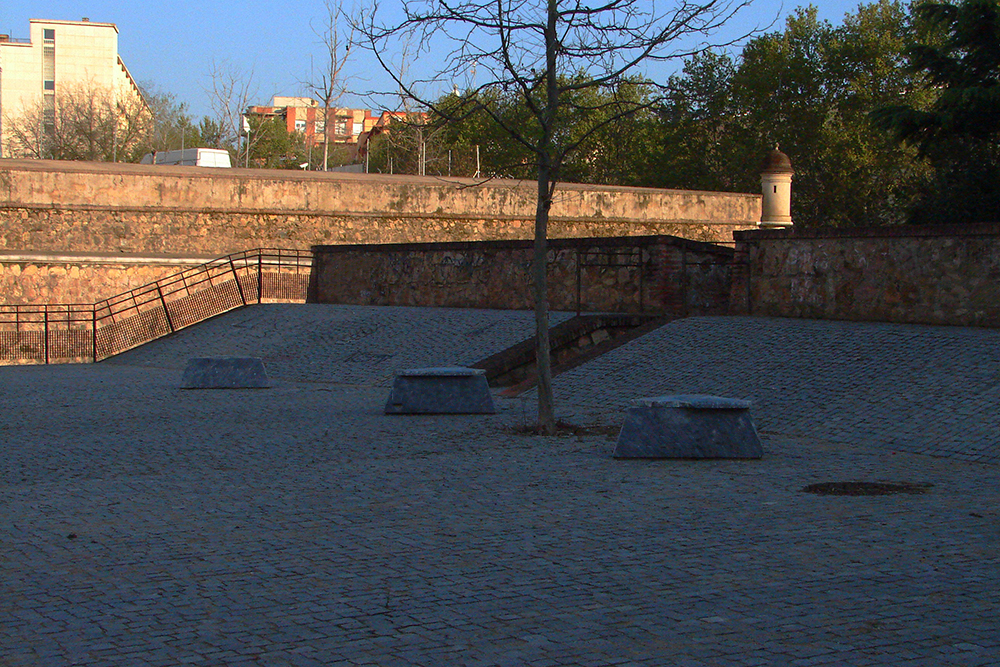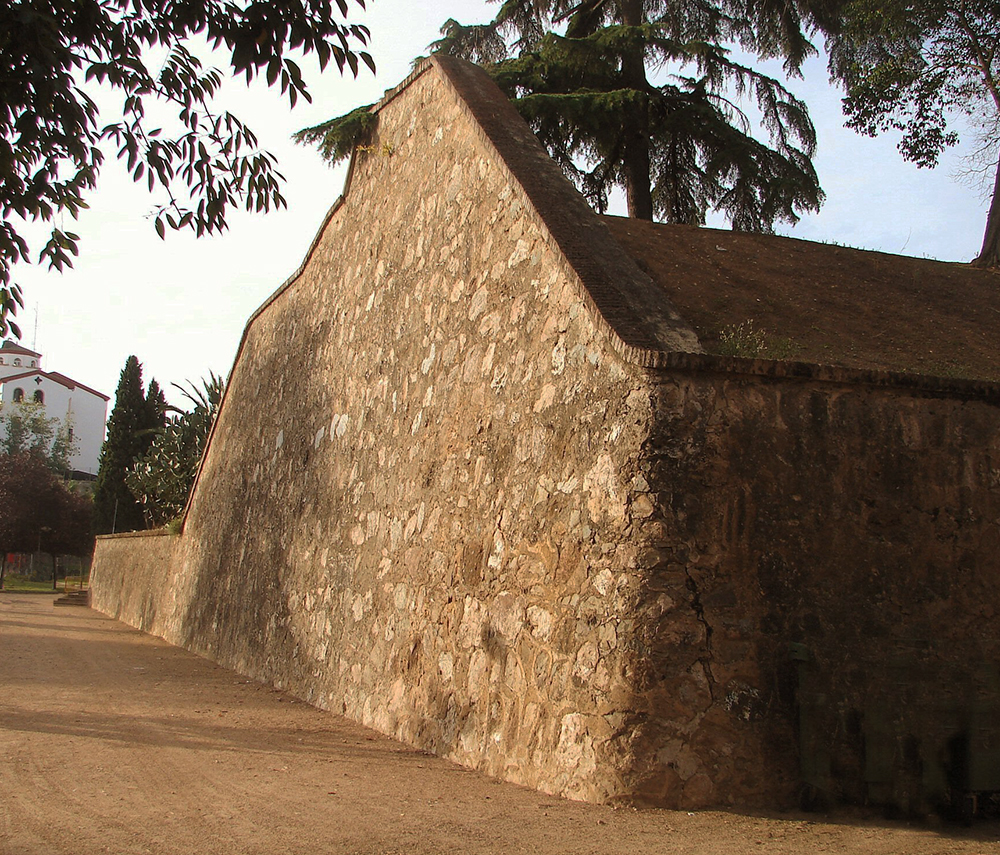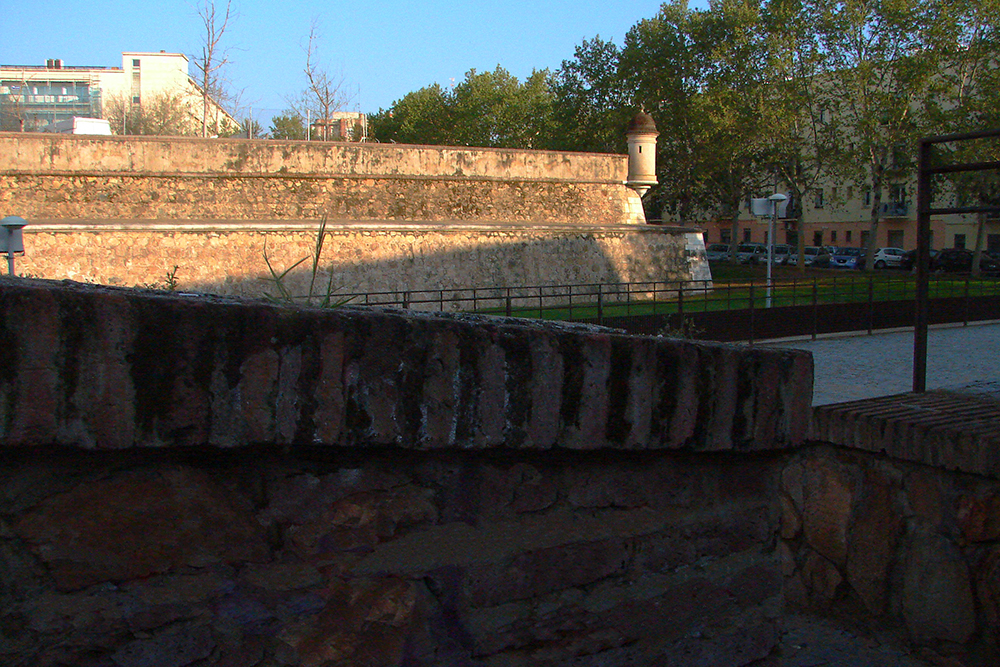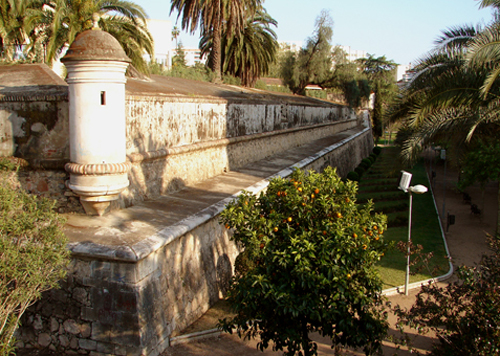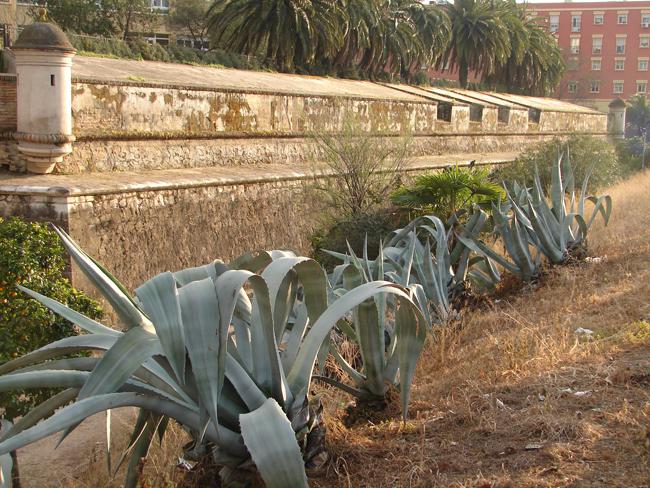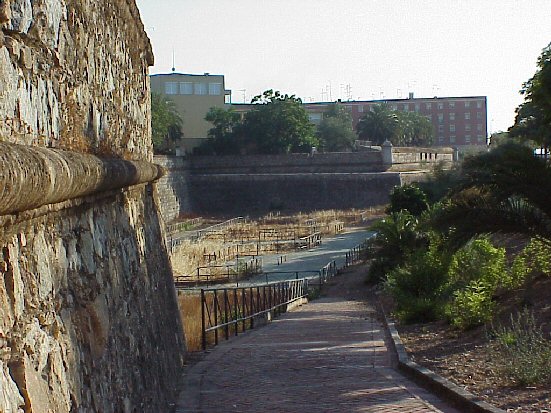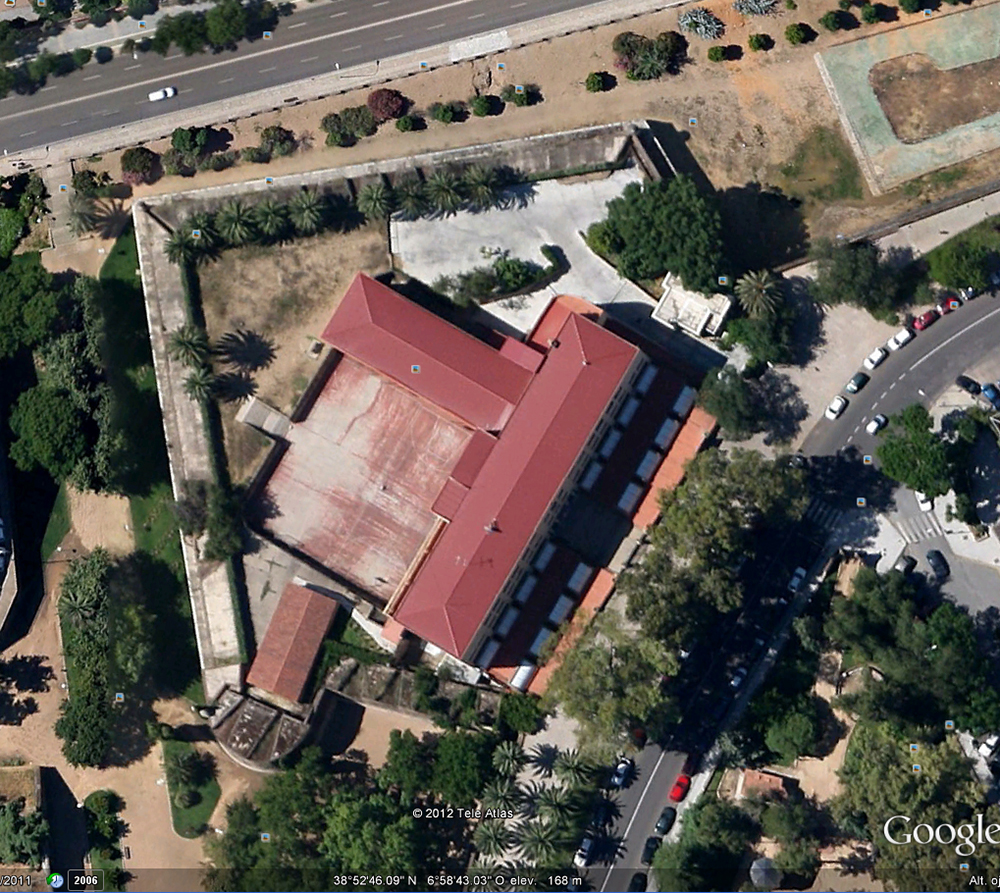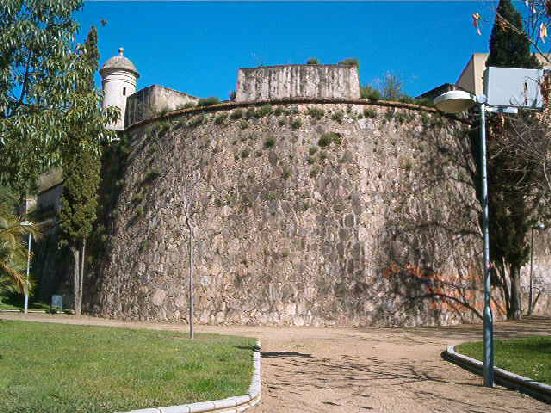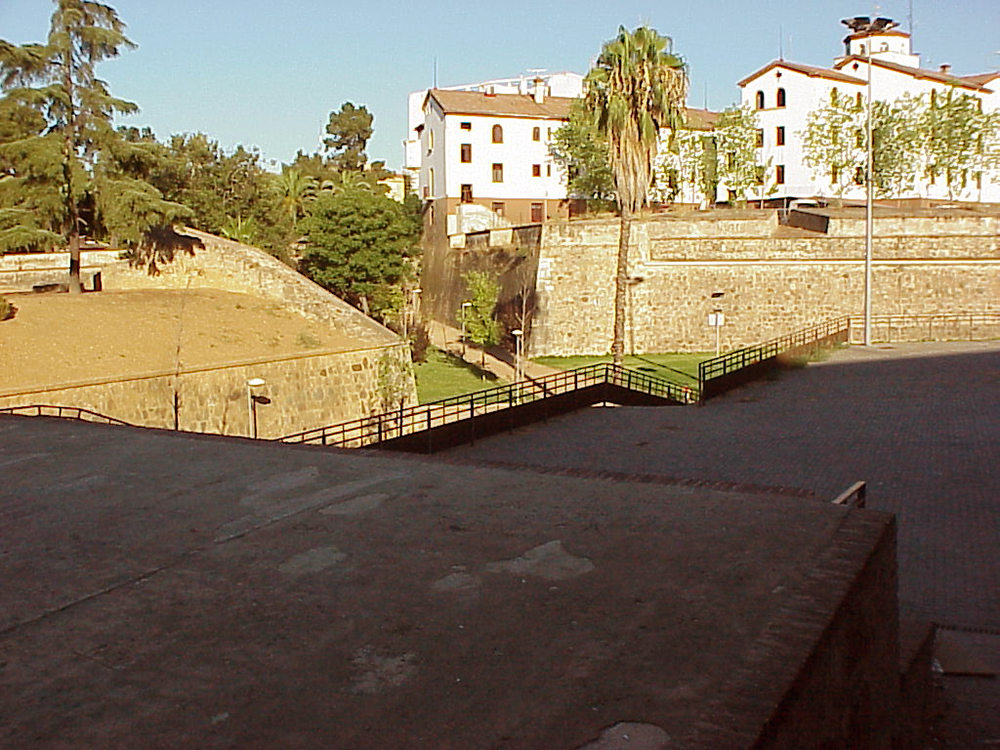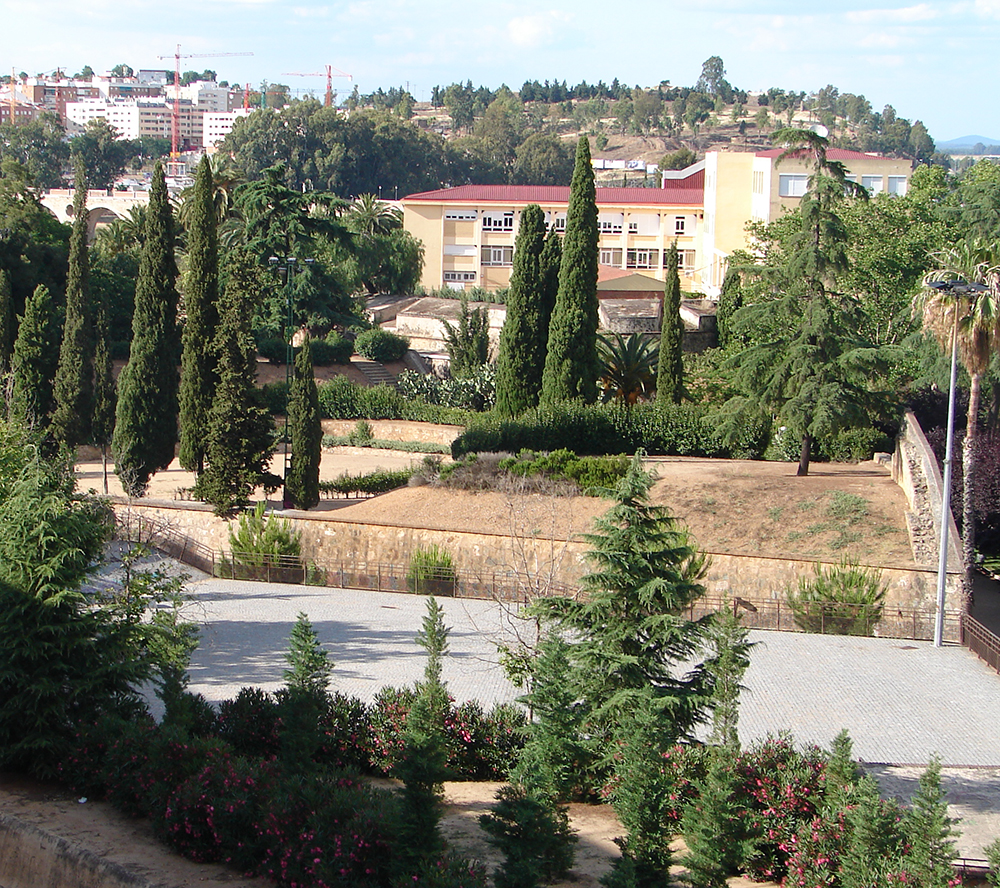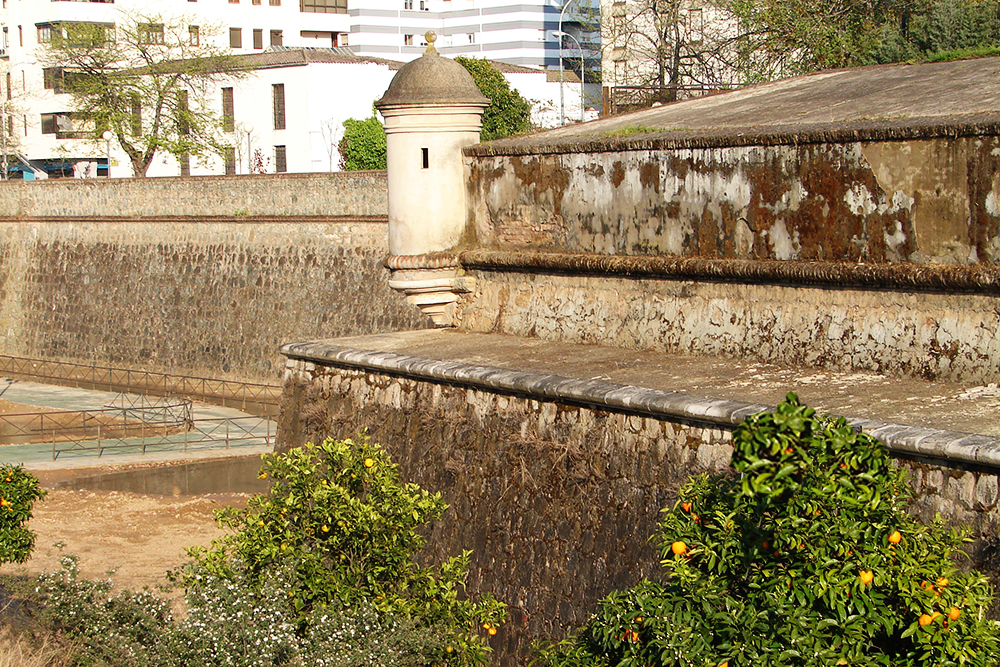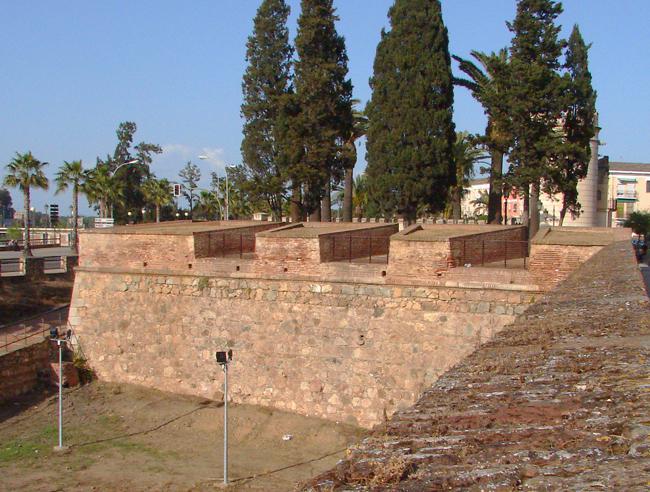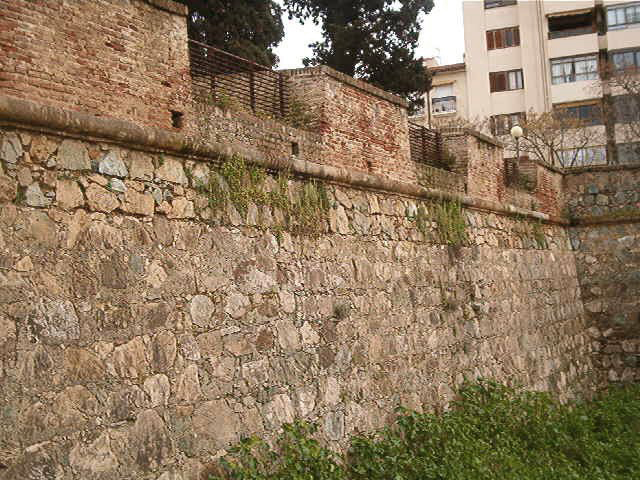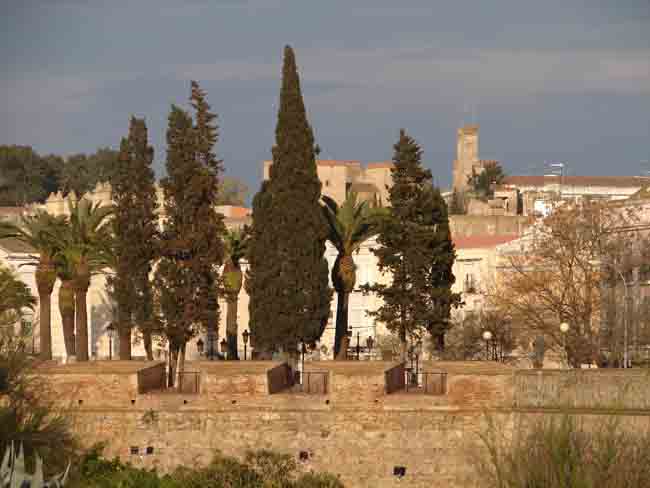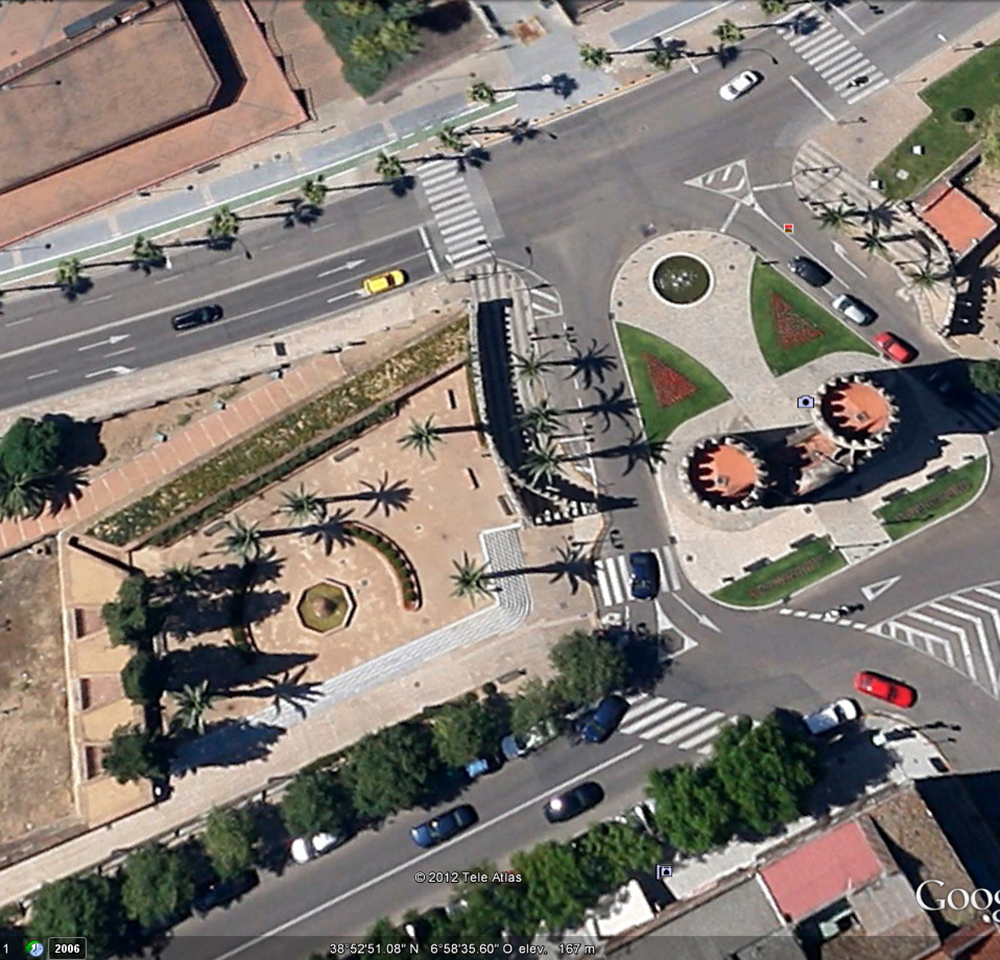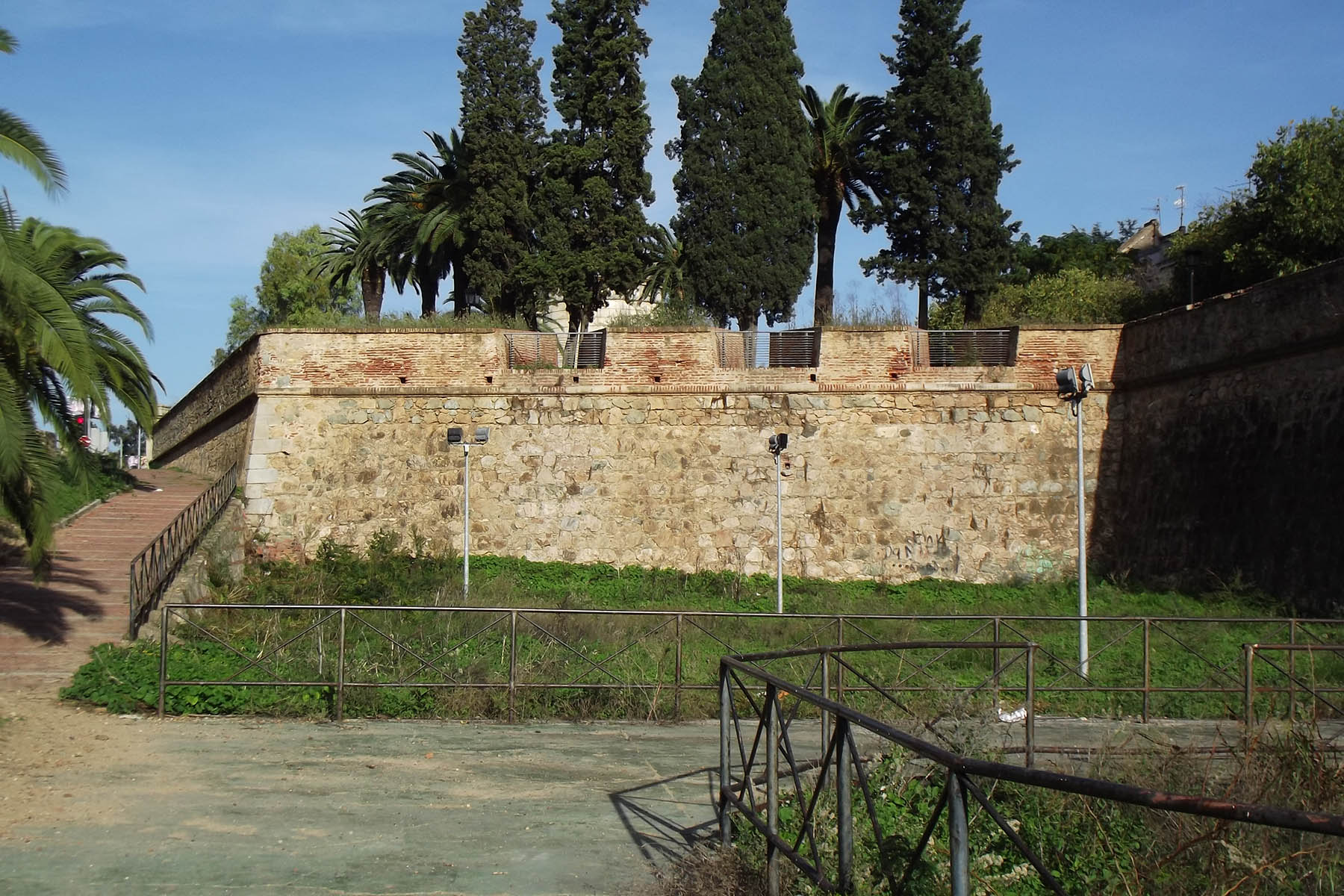BASTIONS OF THE FORTIFICATION OF BADAJOZ |
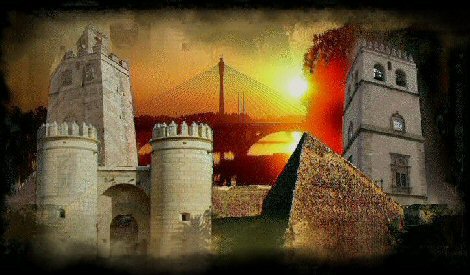 |
||
The bastioned fortification of the city was possessing eight bastions and two semi bastions, each of them identified of a particular way. His names, dividing of the zone this one of the fort are: San Pedro, of the Trinidad, Santa Maria, San Roque, San Juan (missing person in the works of widening of 1950), Santiago, San Jose and San Vicente. Both semibastions situan, one leaned at the edge of Palms, and other one that of San Antonio, in the point where the set joins the Fort, at a height of the Door of the Alpendiz. For útimo, close to the river The Guadiana situa the platform of Round in the place where it existed the primitive one Toasts Door of Hides. |
|||
| BASTION OF THE LA TRINIDAD | ||
In his interior one was finding the Convent of the Trinitarios Descalzos, of which it took his name. The covento was raised before the year 1645, since it was appearing in this place in a plane of the epoch. Some experts support the hypothesis of which it was constructed during the reign of Alfonso IX. This can being difficult to assure so the king died soon after the conquest of Badajoz. The sites that the city suffered during the war of the Independence devastated the building and great number of his remains were in use for reconstructing his structure, by what these can be easily observed. Meeting was placed to the medieval door of the Old Fence. The building subordinated the tracing of the bastion, to allow that this one should stay within the walls. The building subordinated the tracing of the bastion, to allow that this one should stay within the walls. This fact determined the defense of the city, since this enclave was easily beaten from the hills that surround it. It motivated the construction of the forts of the Prince or of the Picuriña and that of the Trinidad or revellin of San Roque. |
||
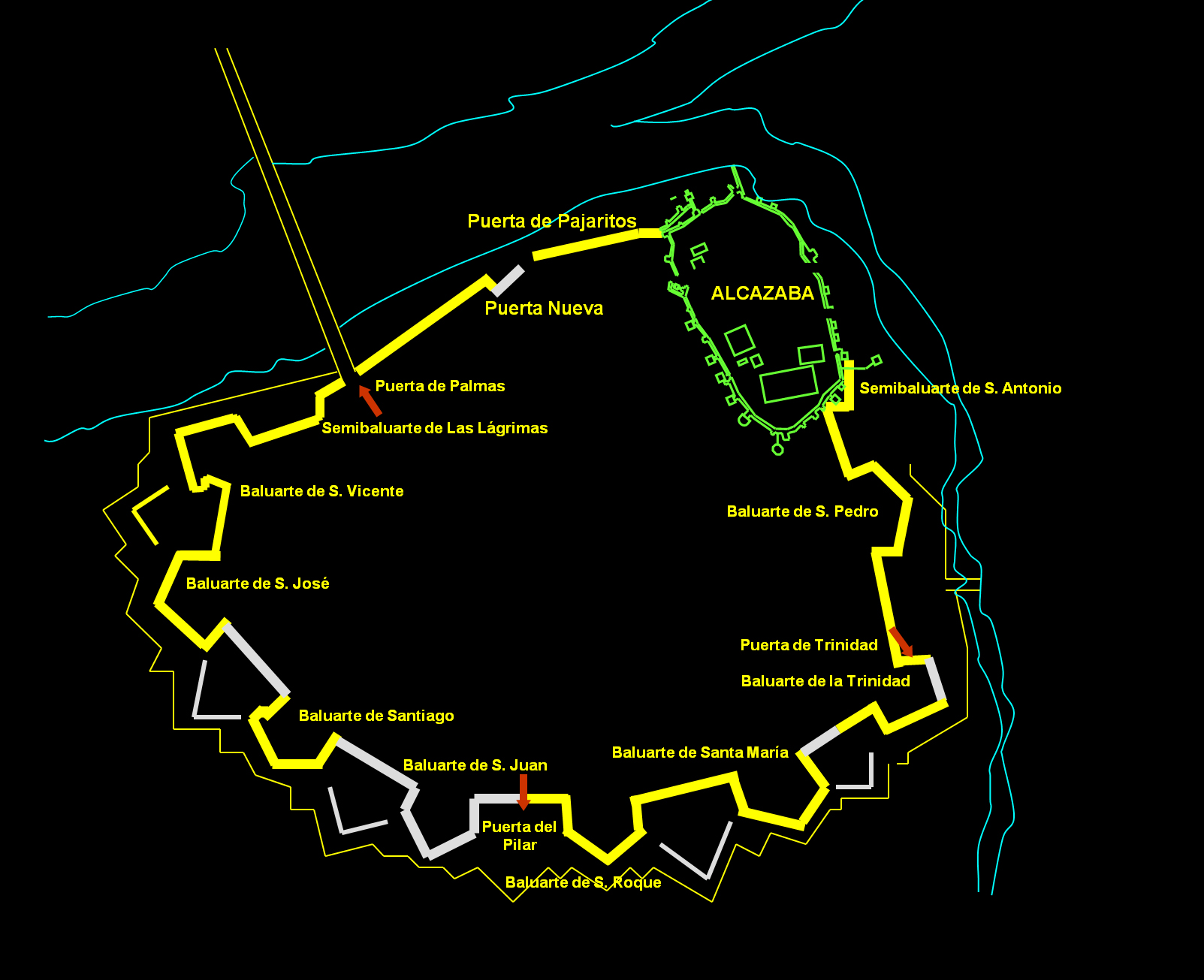 |
||
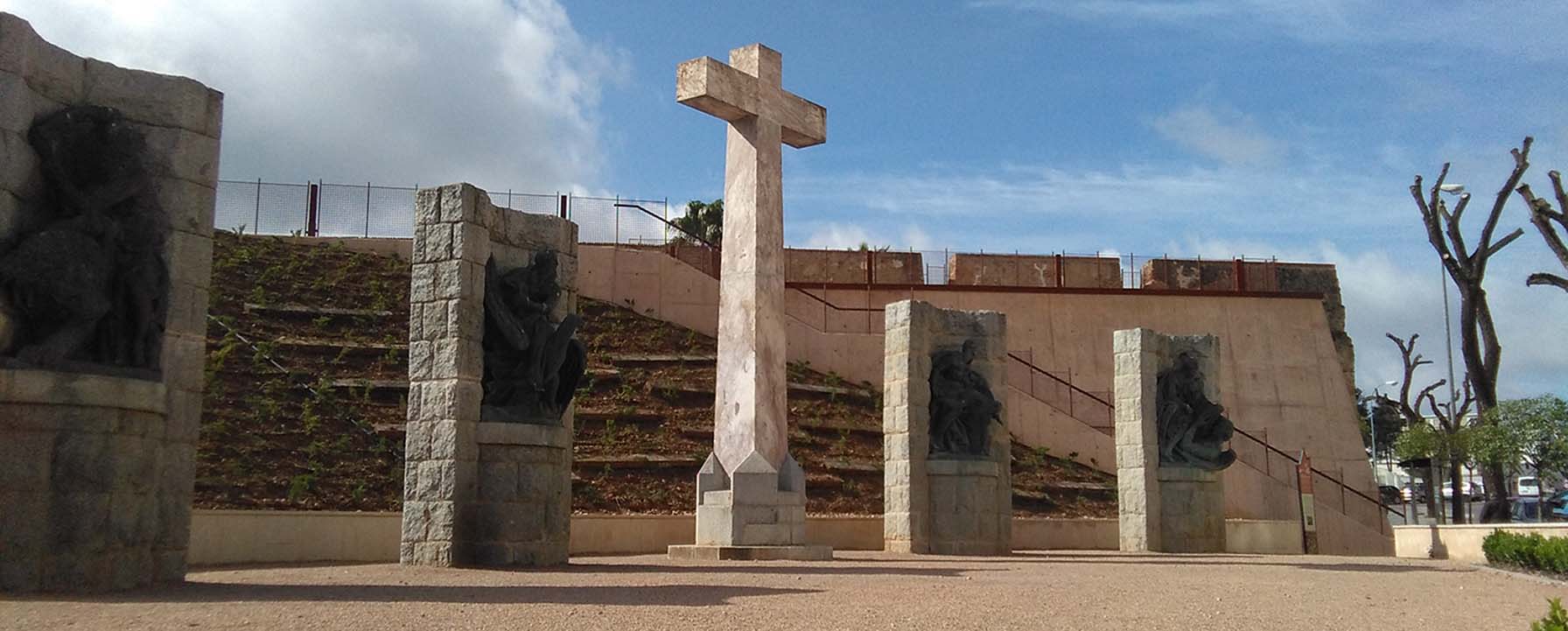 |
||
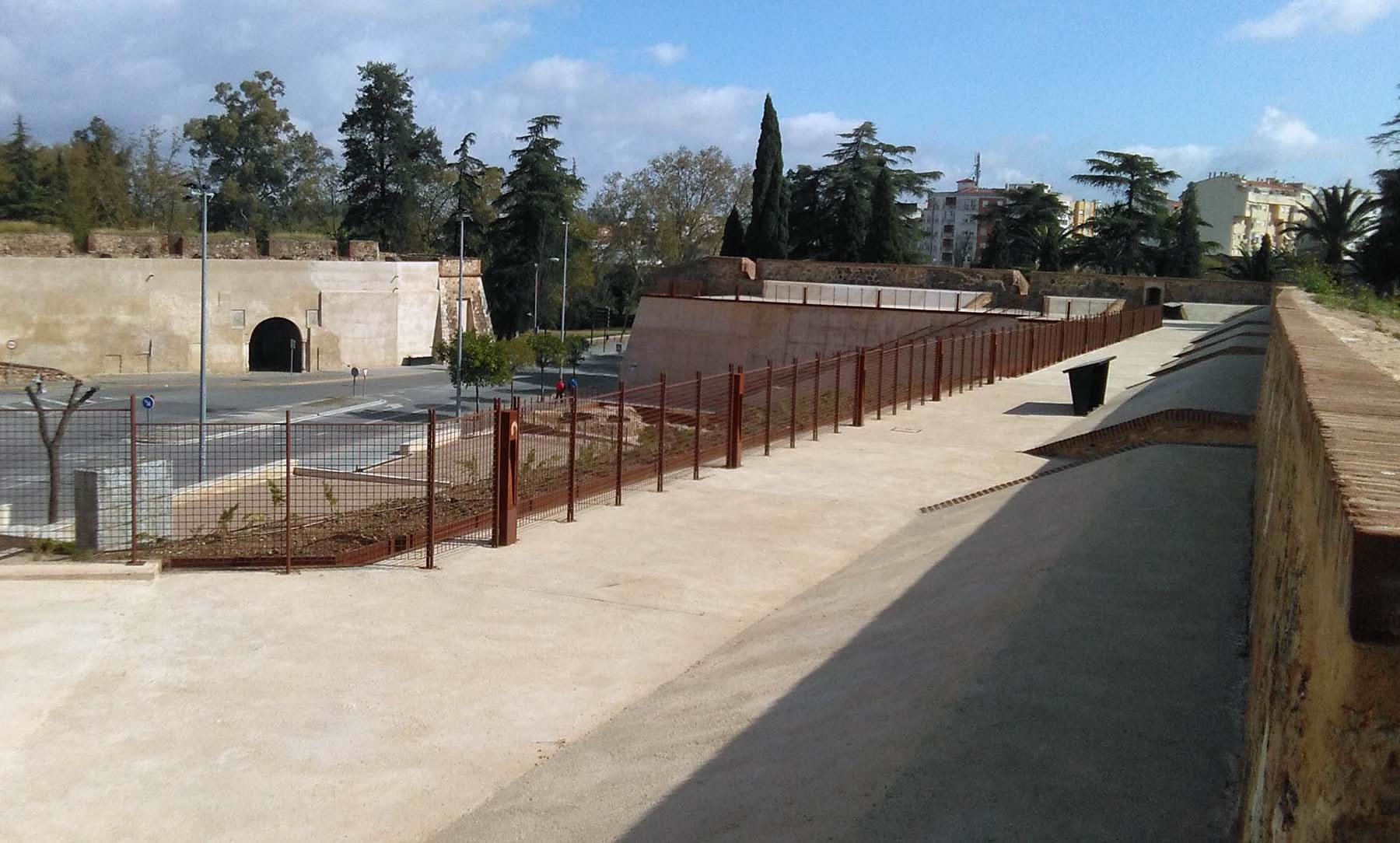 |
||
| BASTION OF THE SANTA MARIA | ||
It dates back to the 17th century when one strengthened the city as consequence of the Wars with Portugal. It was known equally by the name of The Lagoon, due to the fact that in times of the French occupation, the creek Rivillas was repressed and his pits and those of the Trinidad could be flooded. It was the point chosen by the marshall Wellinntong to take to the assault the square of Badajoz in 1812. In his surrounding areas there fell down more 3000 allied soldiers who tried to take it to the assault, after a long bombardment from the Picuriña that ruined his walls and opened several gaps. In one of his pits there has got up a monolith that he remembers to all the soldiers fallen in those dates, pertencientes to the armies of Frenchmen and allies. |
||
 |
||
| THE BASTION OF SAN ROQUE | ||
Pilar is to the south of the door of and together with that of San Juan there had as aim cover with his artillery the missing person the Pardaleras fort. It sheltered the Bullrings of the city. The primitive one of wood and other one more modern that it was the sad scene of the pro-Franco executions after the capture of the city in August, 1936. Nowadays Manuel Rojas shelters the Conference hall. |
||
 |
||
| THE BASTION OF SAN JUAN | ||
| It was knocked down in the sixties of last century, under the pretext of allowing the expansion of the city. It was one of loos better constructed of the fortification and gunner was provided with a great power. The acquaintance sheltered in his interior barrack of the Bomb. | ||
 |
||
| THE BASTION OF SANTIAGO | |||
This enclave is one of the most historically valuable, and at the same time one of the most mistreated by the responsible rulers of the city. Inside was another earlier bastion (seventeenth century) and under it, an important Muslim necropolis, where hundreds of Muslim-era tombs appeared. With "the justification" of building an underground car park, the burials were razed and the bastion of the XVII split in two. It tells the tradition that from his parapet the Marshal D. Rafael Menacho, Governor of the city in the first siege in 1811, was reached by the shrapnel launched by the French betrating men, dying within a few hours in this emblematic luagr. According to the latest investigations, the general's death occurred in the surroundings of the Bomb Barracks or in a stronghold of San Juan. After his death General Imaz, who had taken command, capitulated to French troops. A monument recalls this heroic gede. On its north side has a drum or ear that guarded and beat the nearby poterna next to the bastion of San José. |
|||
 |
|||
| THE BASTION OF SAN JOSE | ||
As today we it can admire, it was raised in the 18th century, there being reinforced his walls of considerable form as those of San Vicente's boundary. It was defending the ways that were coming from the left margen of the Guadiana, one of the routes from beginning of the assaults that were going against the strong palza of Badajoz. Great part of his pits they remain and lodge the only half moon (or lens) that exists pervivido of all those who were protecting the curtains that were joining the different bastions. |
||
 |
||
THE WAY BASTION OF THE LAGRIMAS |
||
It is leaned at the edge of Palms, in his side west. It consists of a flank and a face and a small battery of three cannons that were covering the covered way that was crossing the left margen of the river The Guadiana towards the bastion of San Jose. |
||
 |
||
fotografias propiedad del autor |
||
